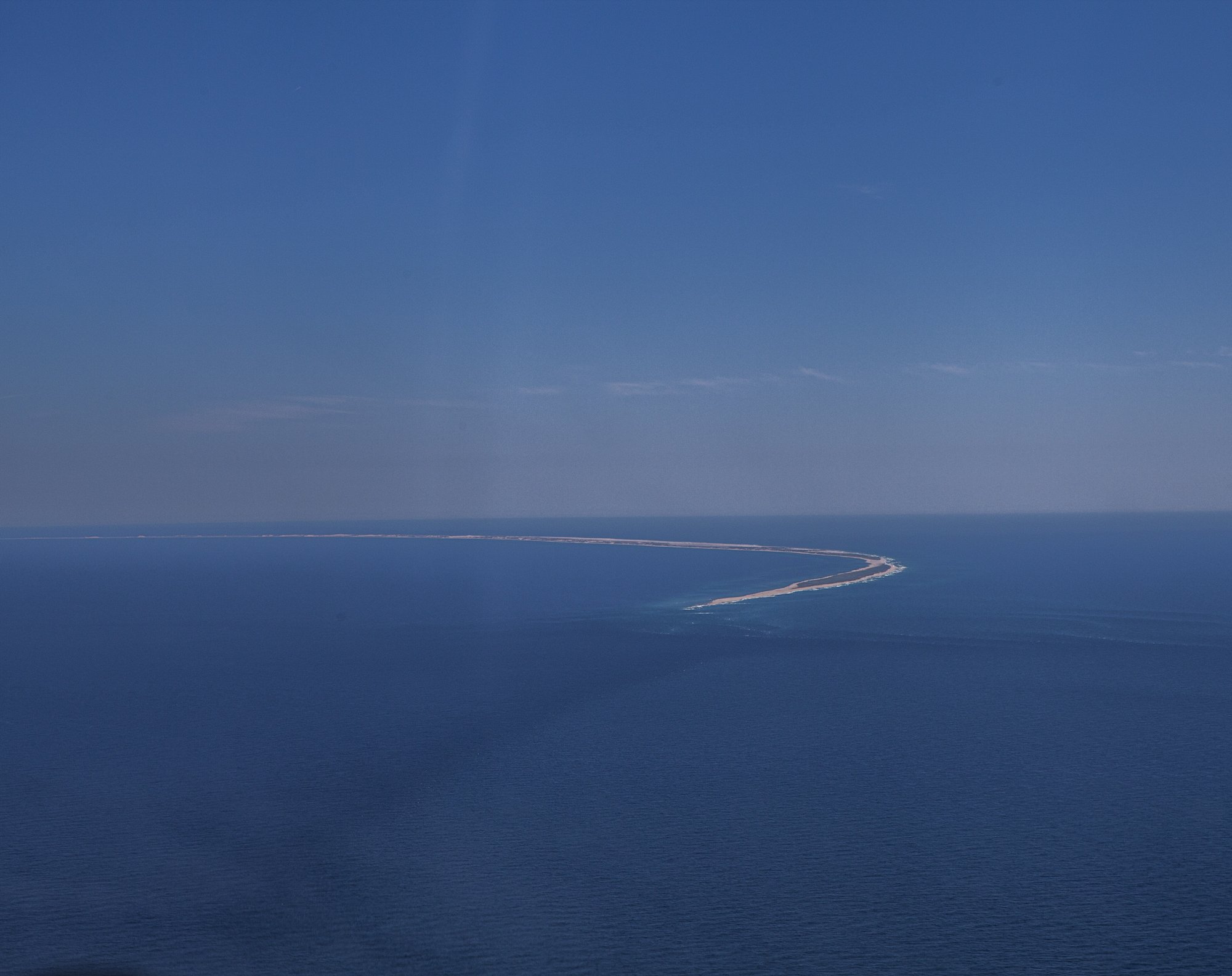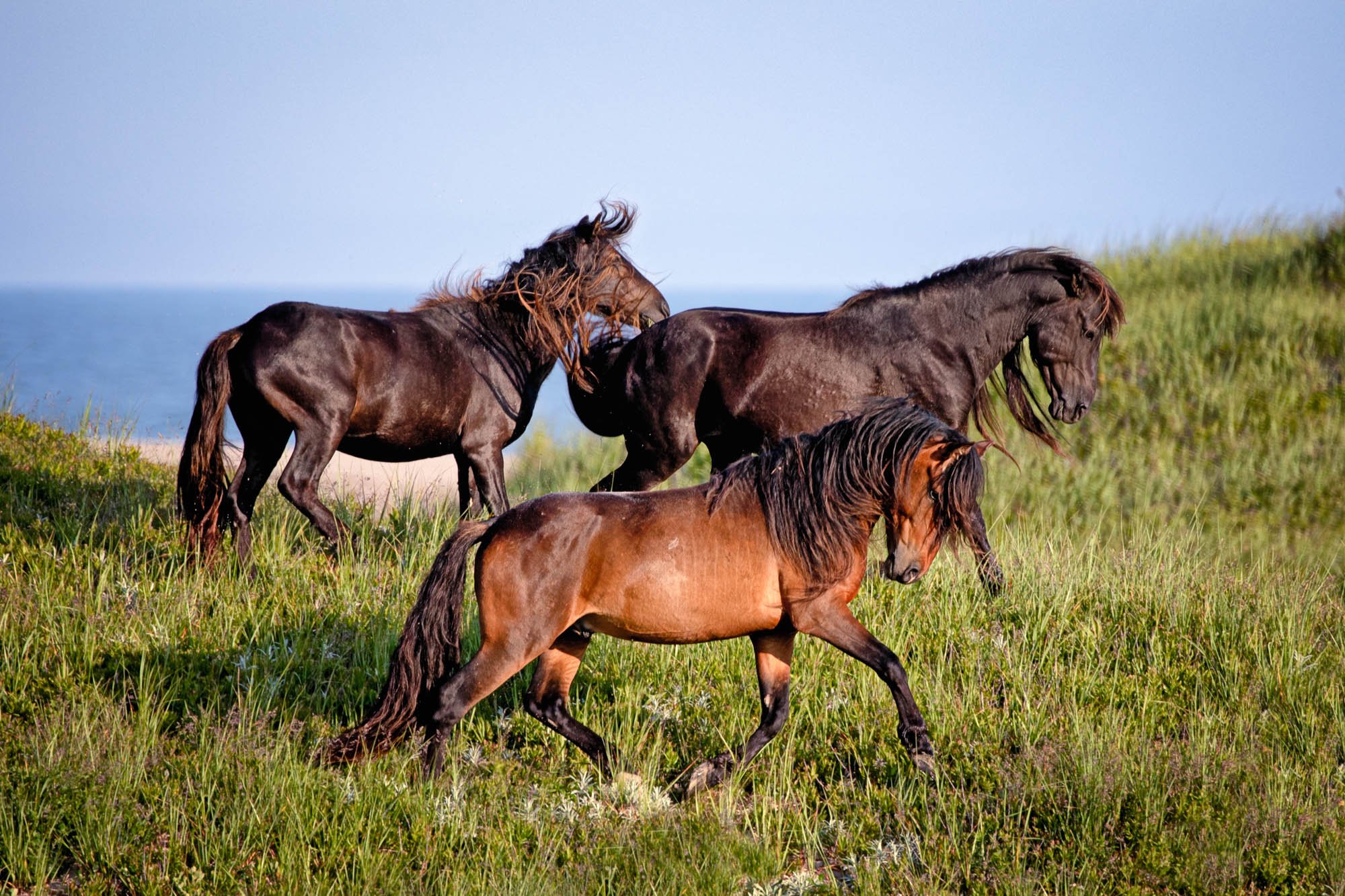
Sable Island Wild Horses.
On Sable Island, Horses gallop Wild and Free.
Manes flowing like the ocean's waves, Their spirit strong, no fences to Meet.
Sable's horses, legends they'll forever be!

The Sable Horses:
Symbols of Historic Freedom
Sable Island is a narrow sliver of an island located about 150 miles off the coast of Nova Scotia, Canada. The 500 wild horses of Sable Island have a long and mysterious history. The origins of these horses are uncertain, with some experts believing they are descended from horses that were shipwrecked on the island, while others speculate that they are the descendants of horses that were brought to the island by early settlers or by privateers and pirates.
The earliest recorded sighting of horses on Sable Island dates back to the early 1700s, when French and English fishermen began visiting the island. The horses were likely brought to the island by these early visitors, or by shipwrecks that occurred on the dangerous sandbars surrounding the island. Over the centuries, the horses have adapted to the harsh conditions of the island, developing a hardy and resilient breed that is well suited to the island's harsh environment.
In the 19th century, Sable Island became an important location for shipwrecks, as many ships were lost on the dangerous sandbars surrounding the island. The Canadian government established a life-saving station on the island in 1801, which helped to rescue many shipwrecked sailors. The life-saving station staff and the rescuers often relied on the horses to help them to reach the shipwreck victims.
Today, the wild horses of Sable Island are protected by the Canadian government and are considered a national treasure. The population of horses on the island is carefully managed to ensure their survival and to protect the island's fragile ecosystem. Visitors to the island are only allowed to view the horses from a distance, in order to minimize human impact on the island and its inhabitants.
Sable Island is also known for its thriving population of grey seals, which are a major attraction for visitors and researchers. Grey seals are one of the largest species of seal, and they can grow up to 8 feet long and weigh over 800 pounds. They are known for their distinctive appearance, with their large size, rounded heads, and expressive eyes. The seals on Sable Island are protected by Canadian law and are an important part of the island's ecosystem. They provide important nutrients for the island's plants and wildlife and are also an important food source for other animals such as birds and fish.
In 2011, Sable Island was designated a Canadian National Park reserve, which provides additional protection for the island's unique ecosystem and the wild horses that call it home. The island remains one of the few places in the world where wild horses can be found roaming freely in a natural habitat, untouched by humans.

Family, heading back out
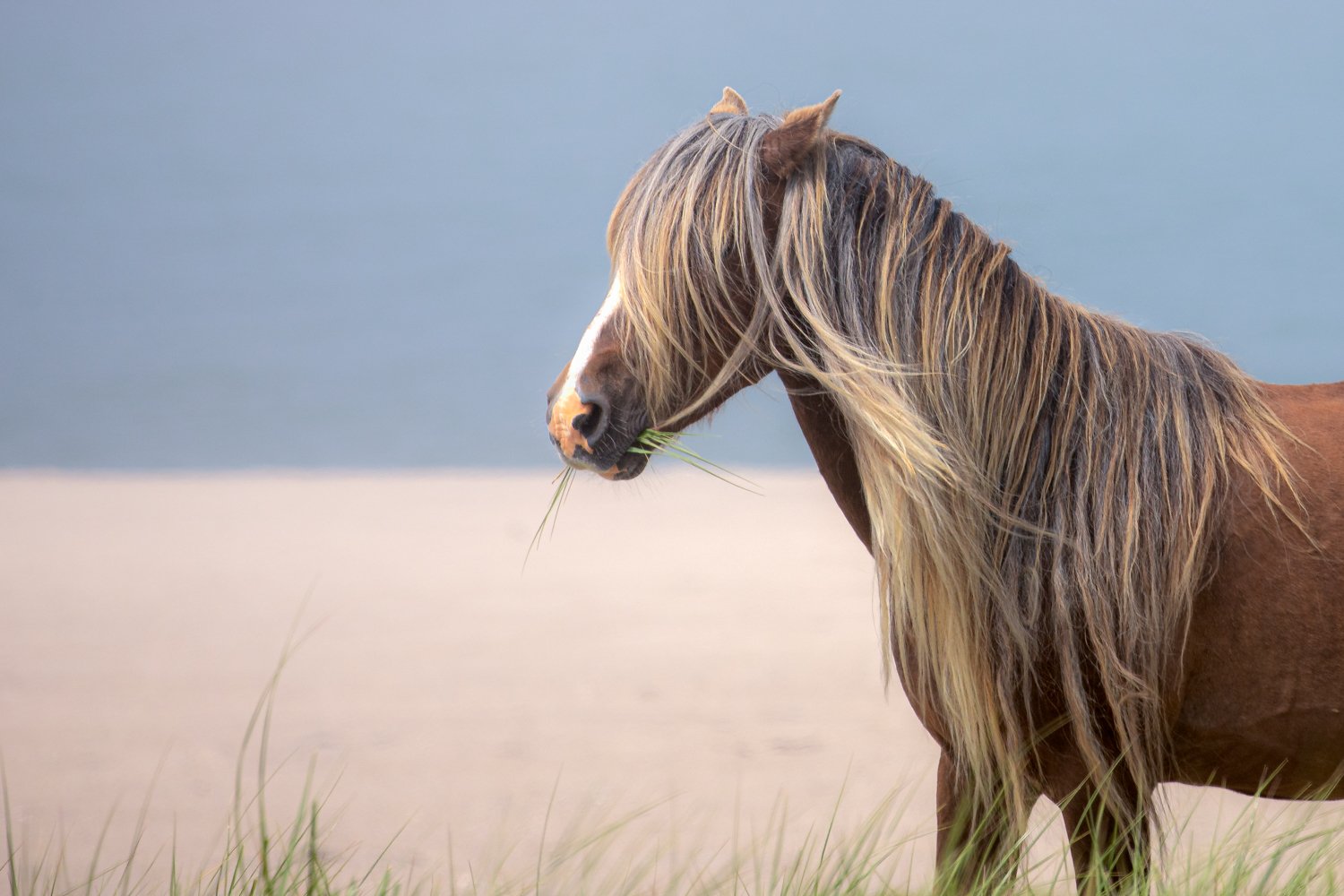
Wind Swept (color)
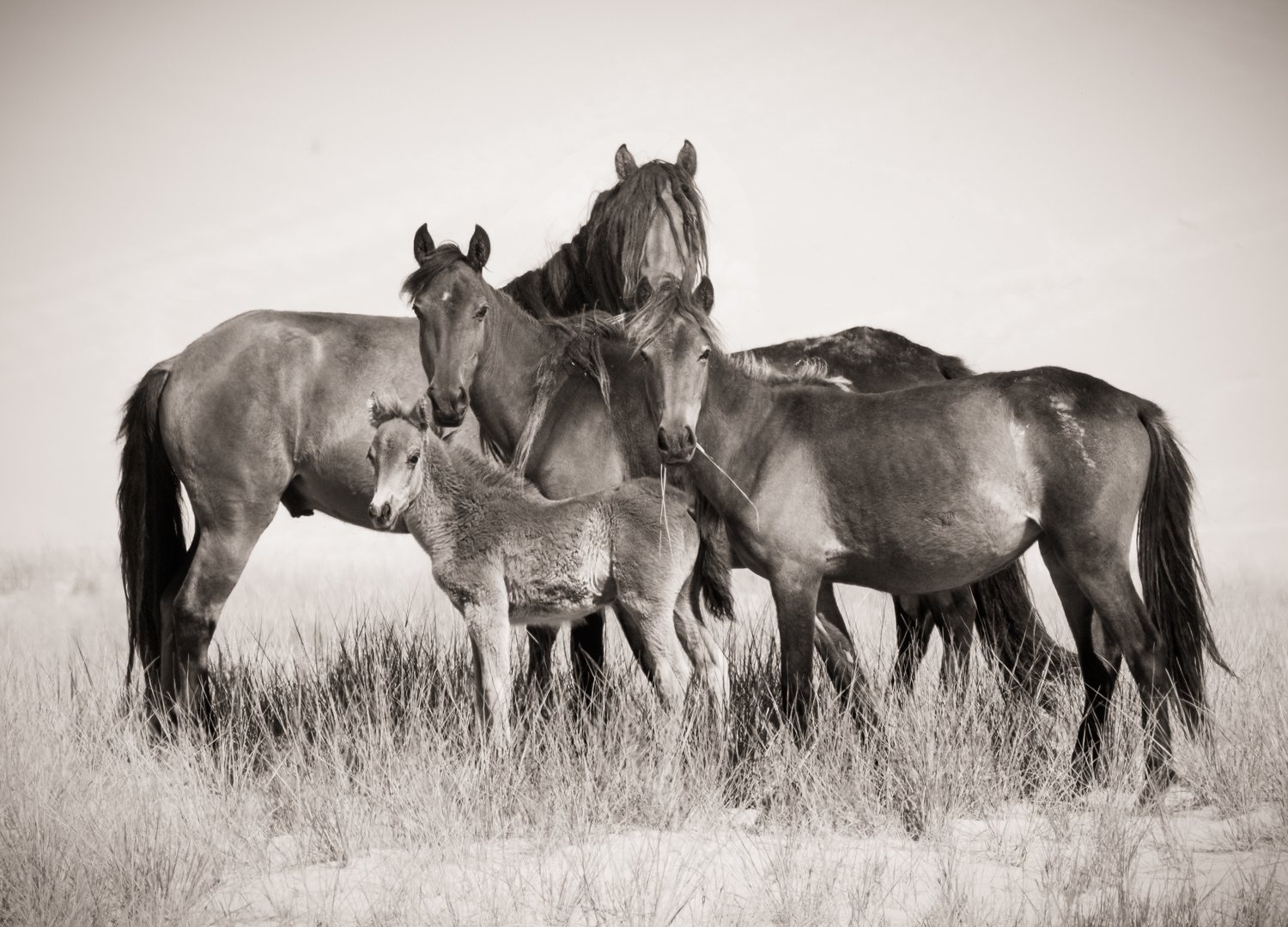
Sable Island Family

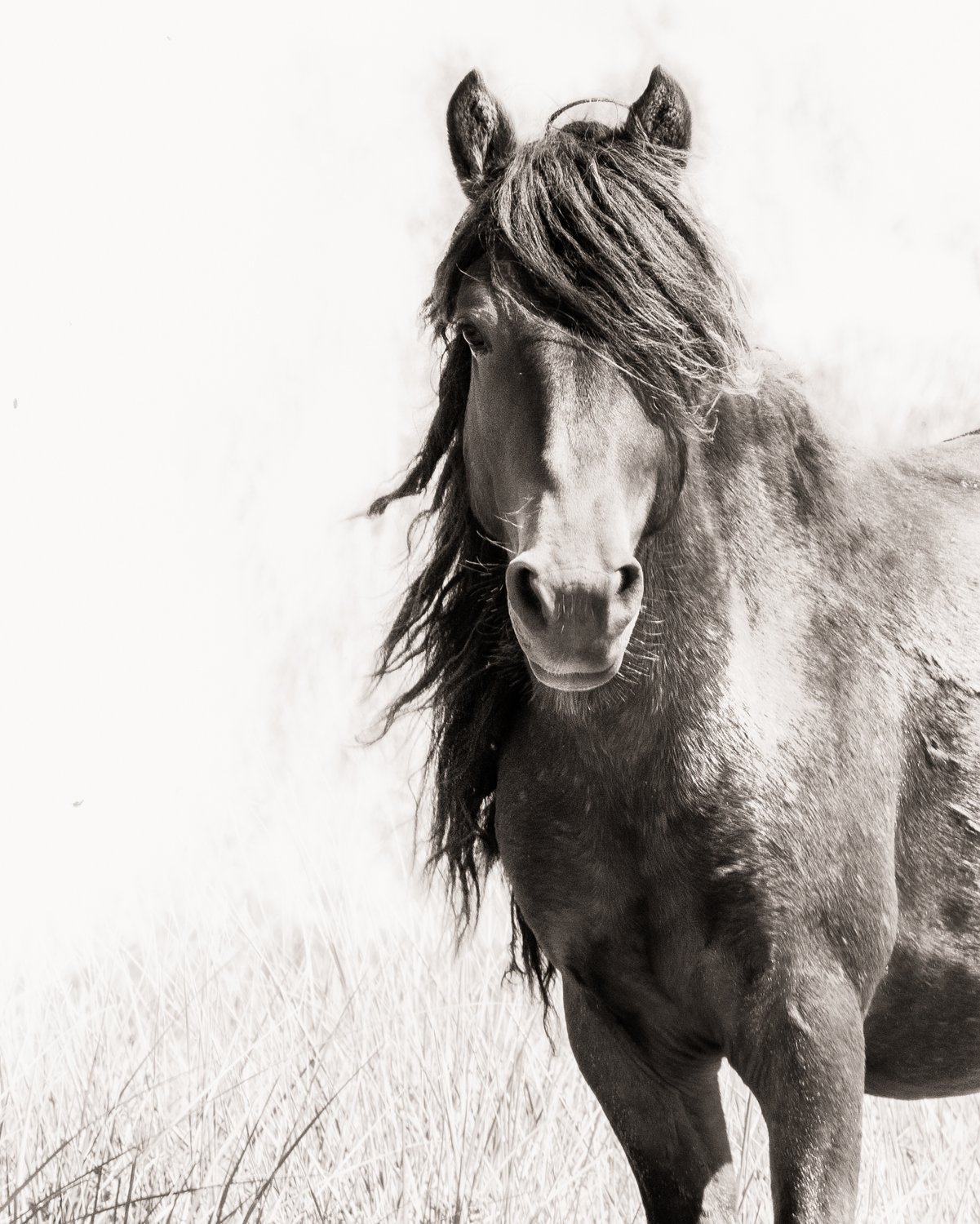
Speak to me

Sandy Walk
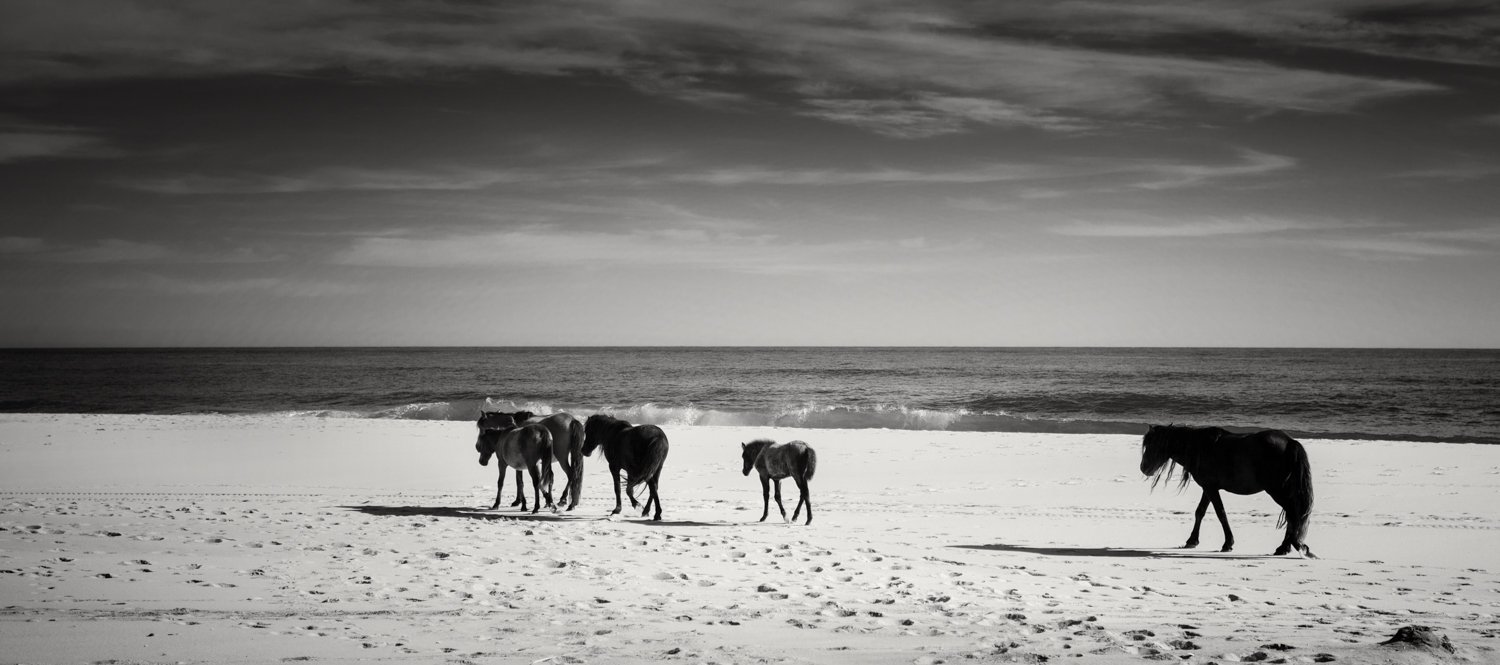
Walk along the beach
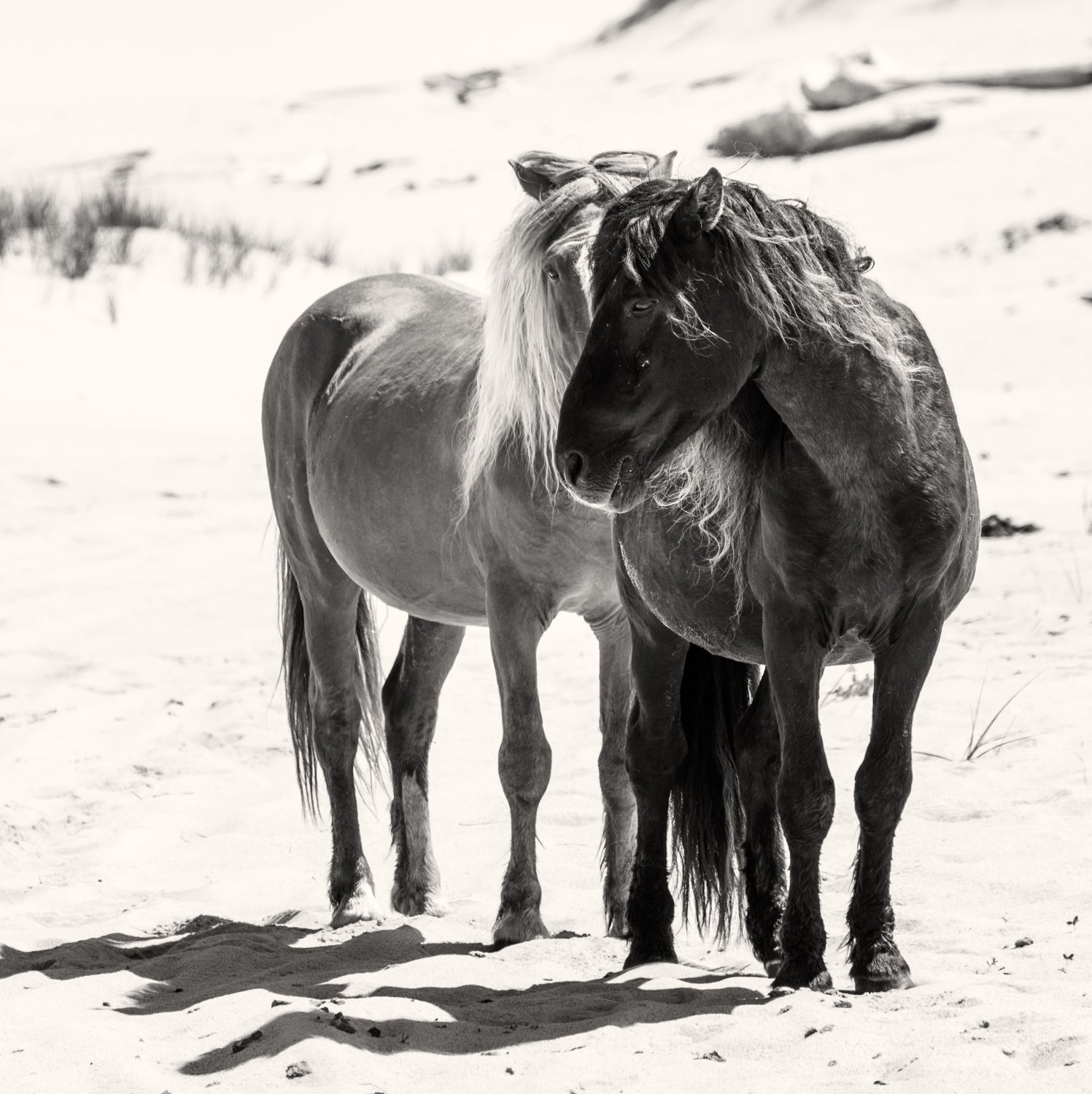
Pals
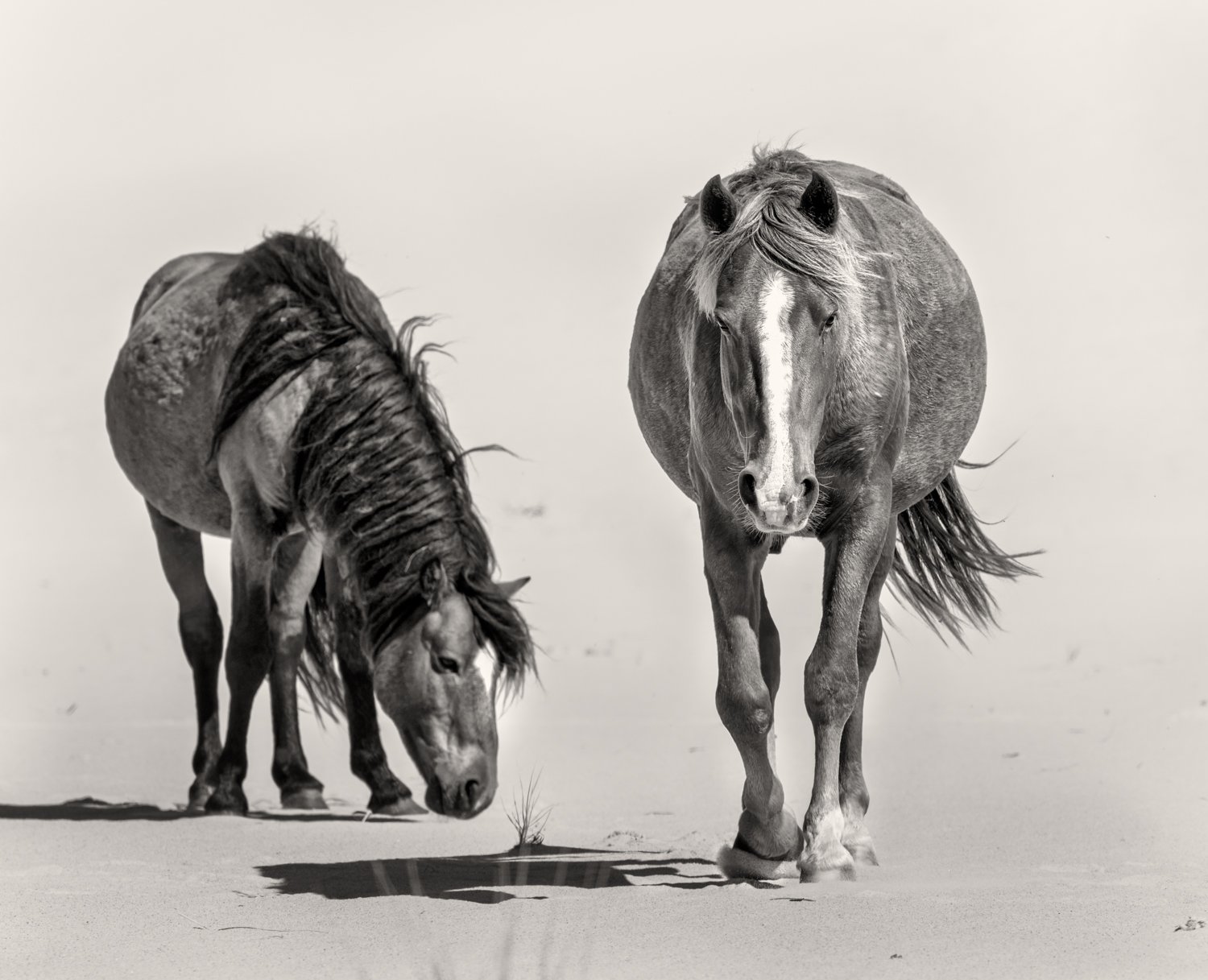
Two Bachelors
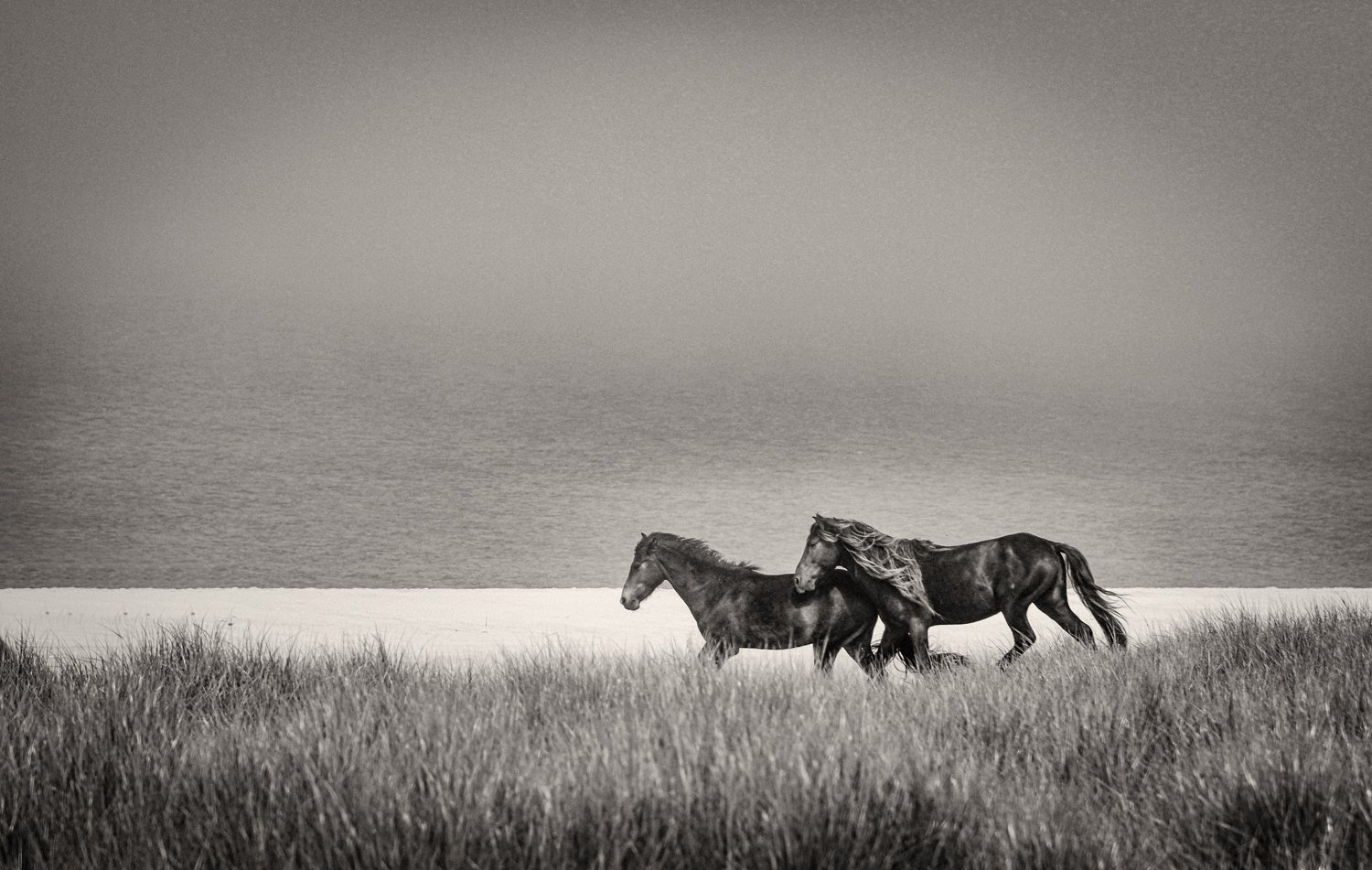
Running along the beach
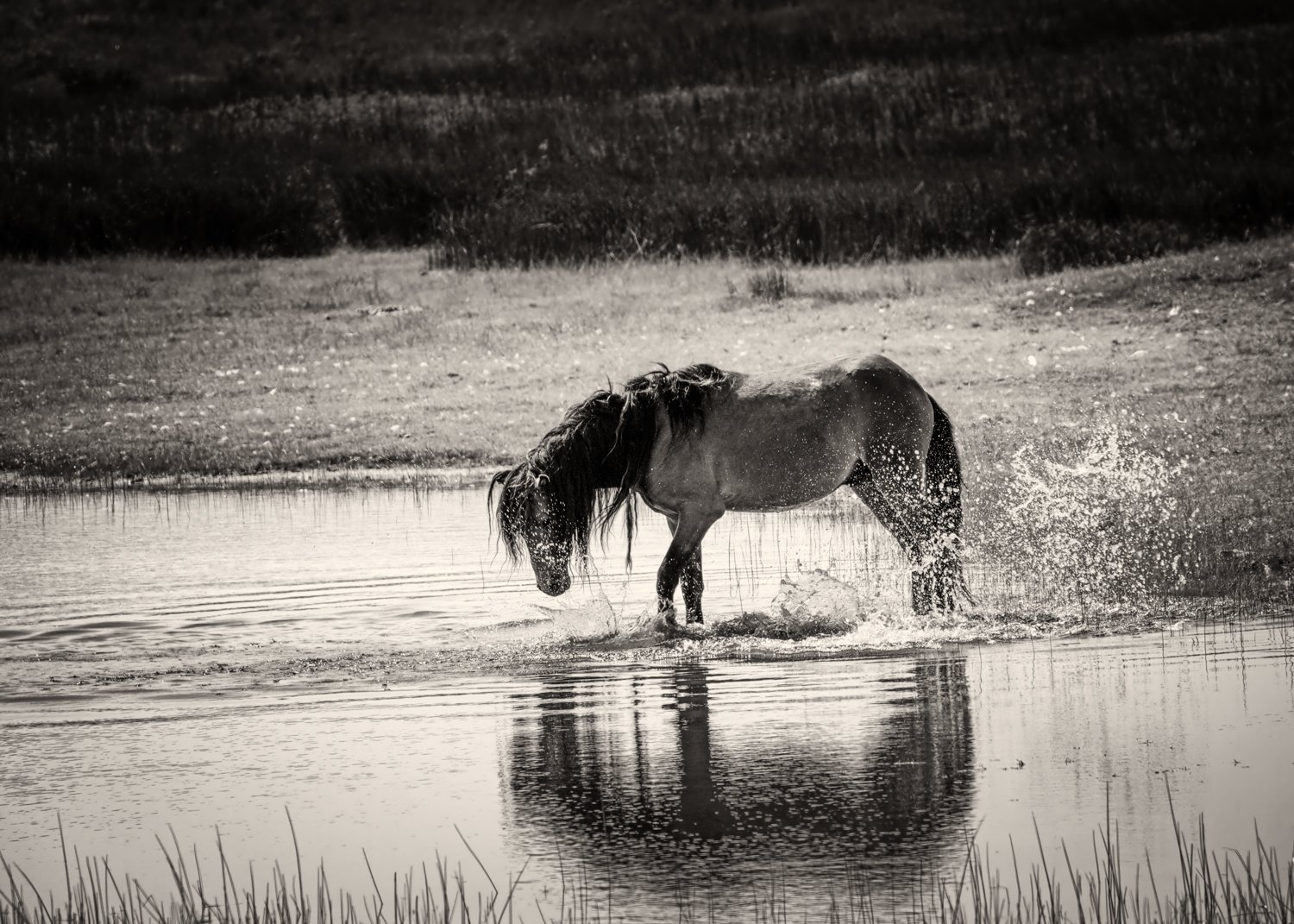
Splash
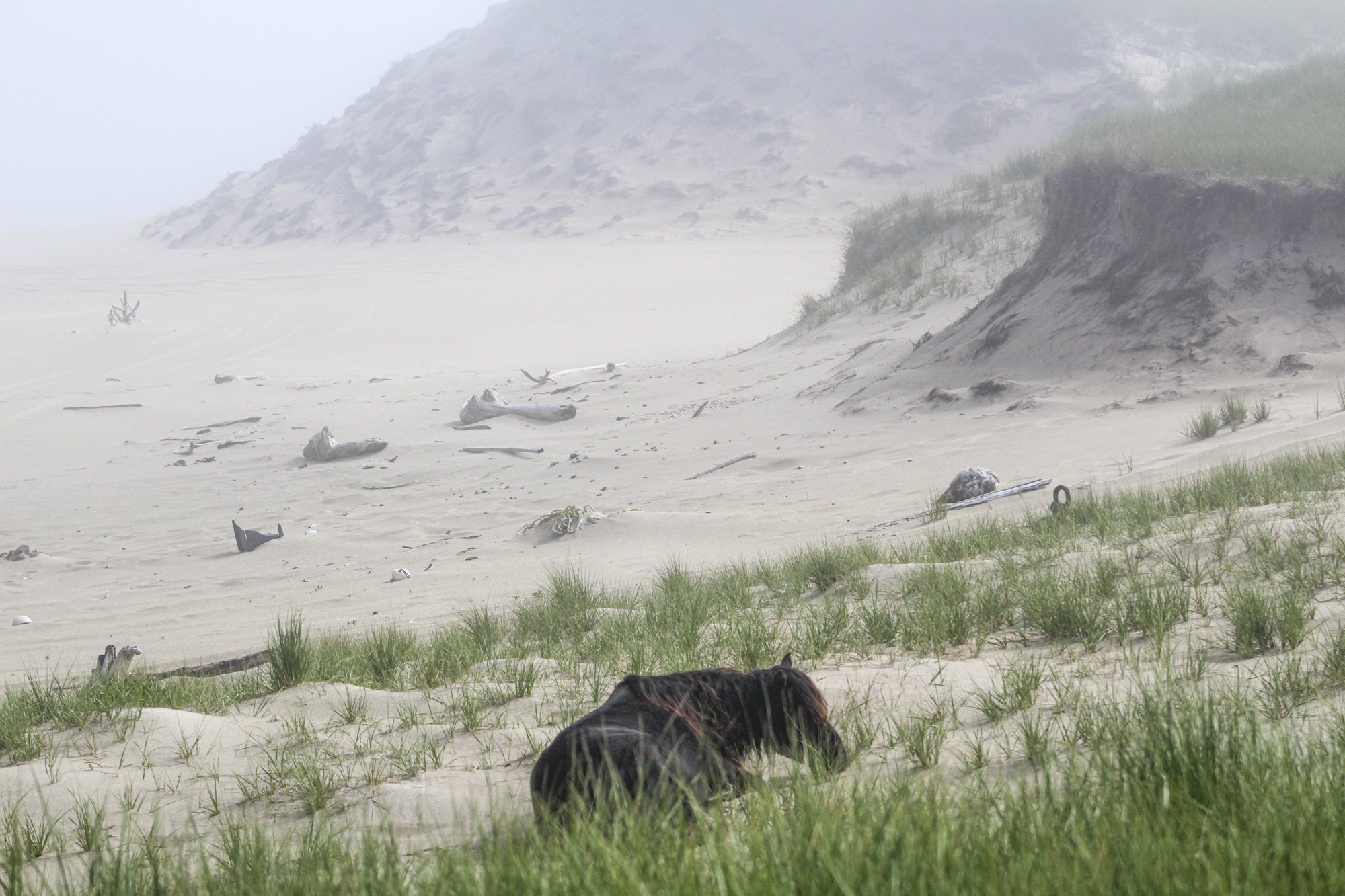
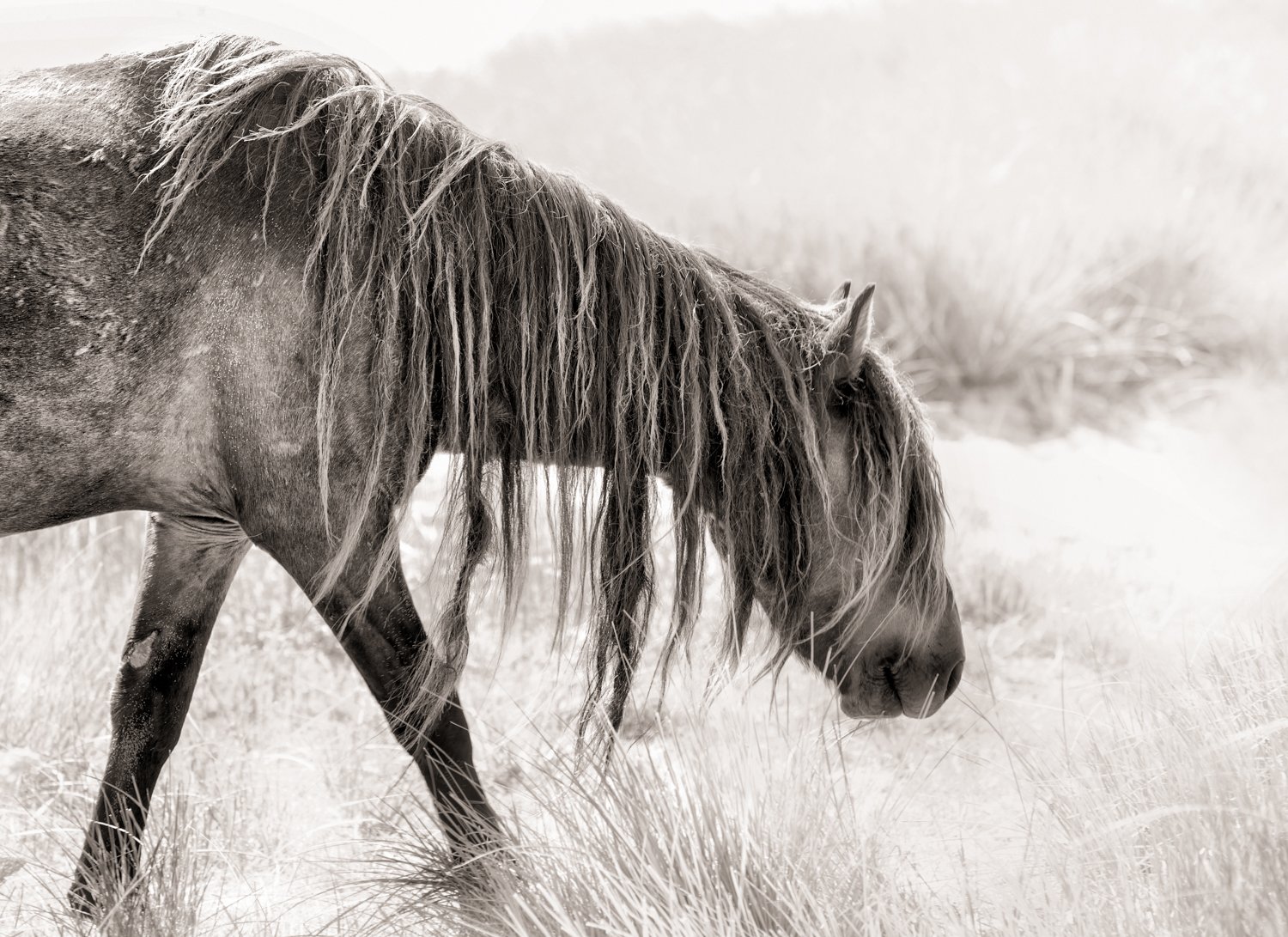
Old One

Windy Forelock
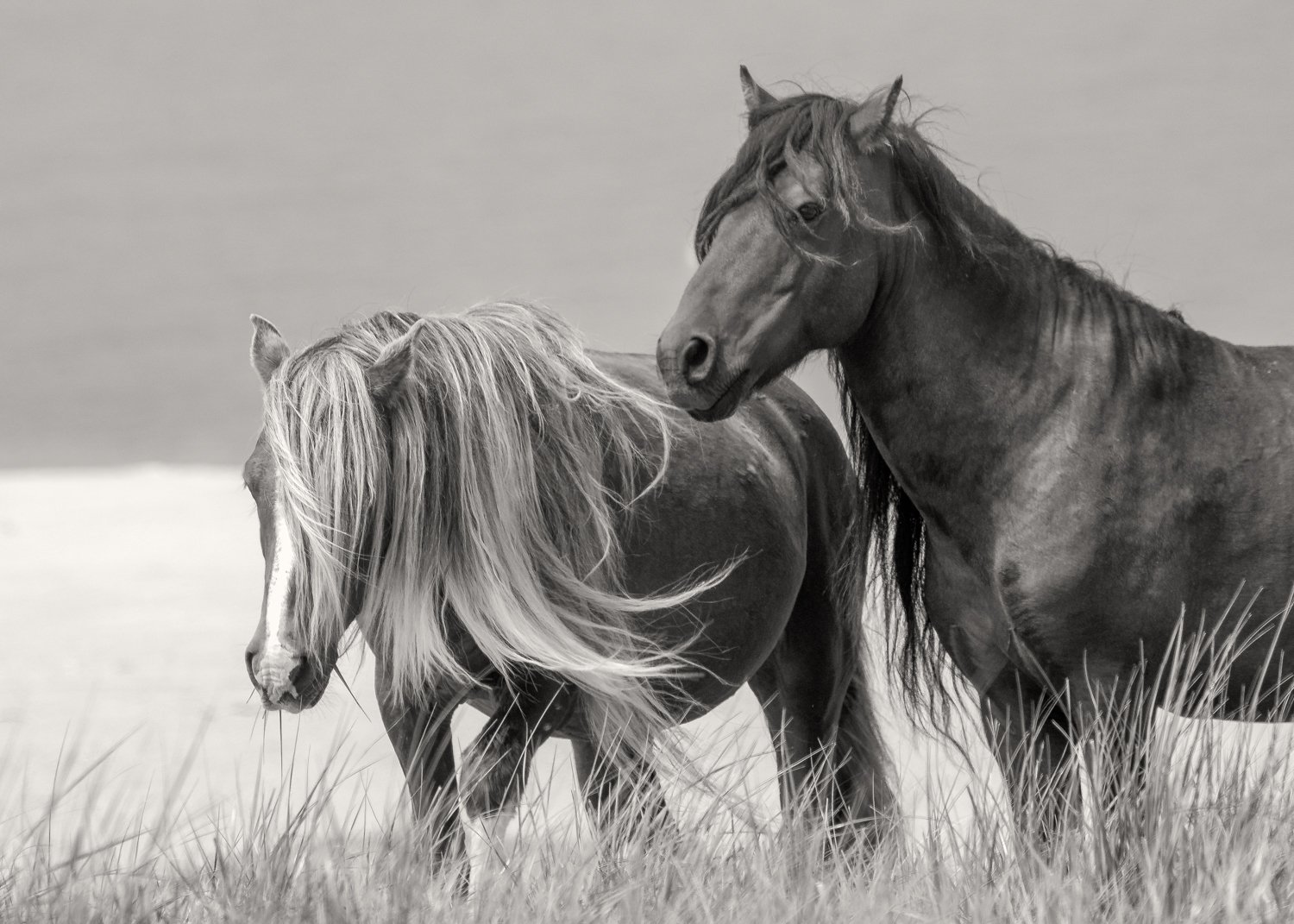
Two friends (B&W)
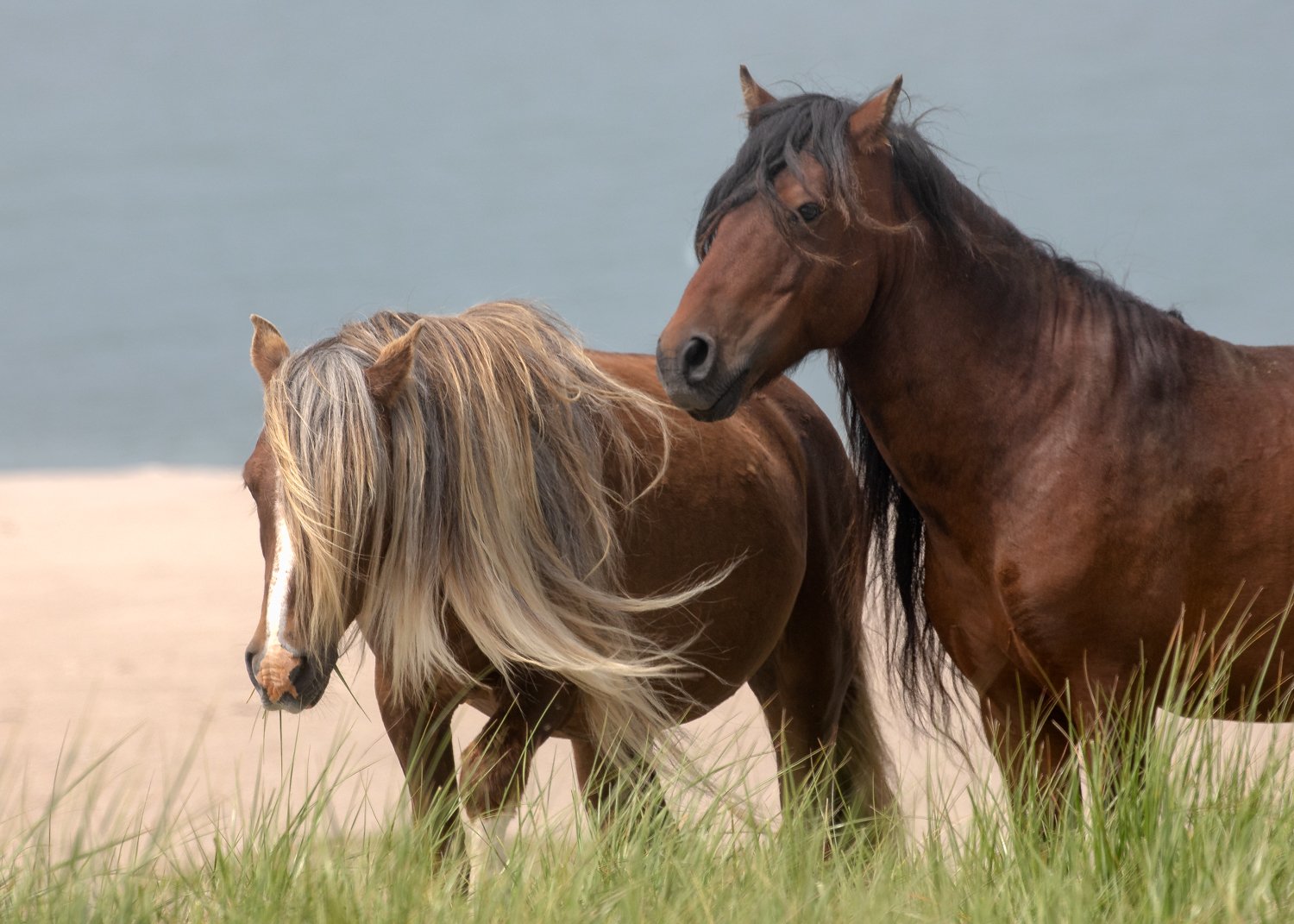
Two friends (color)
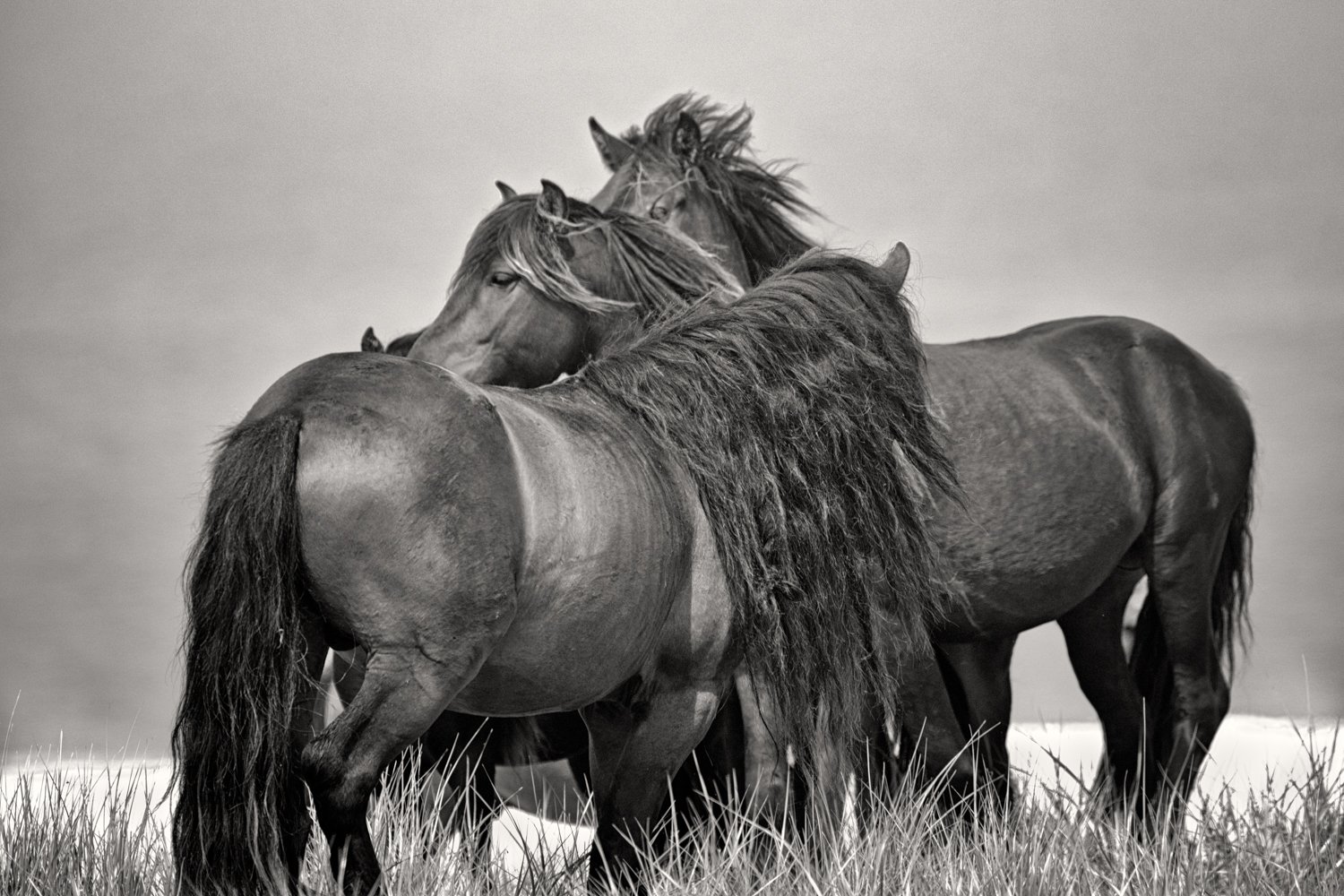
Stallion Huddle
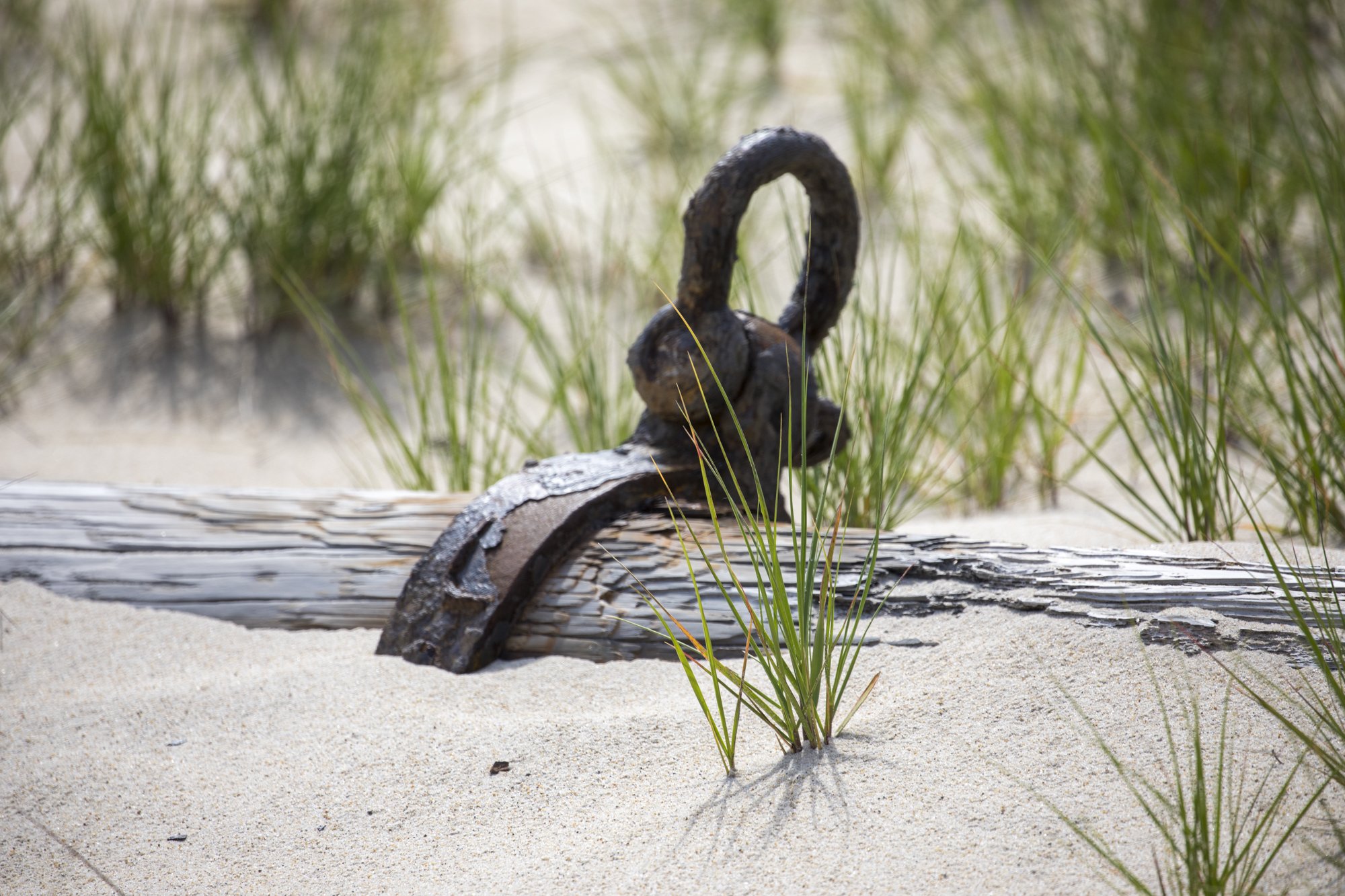
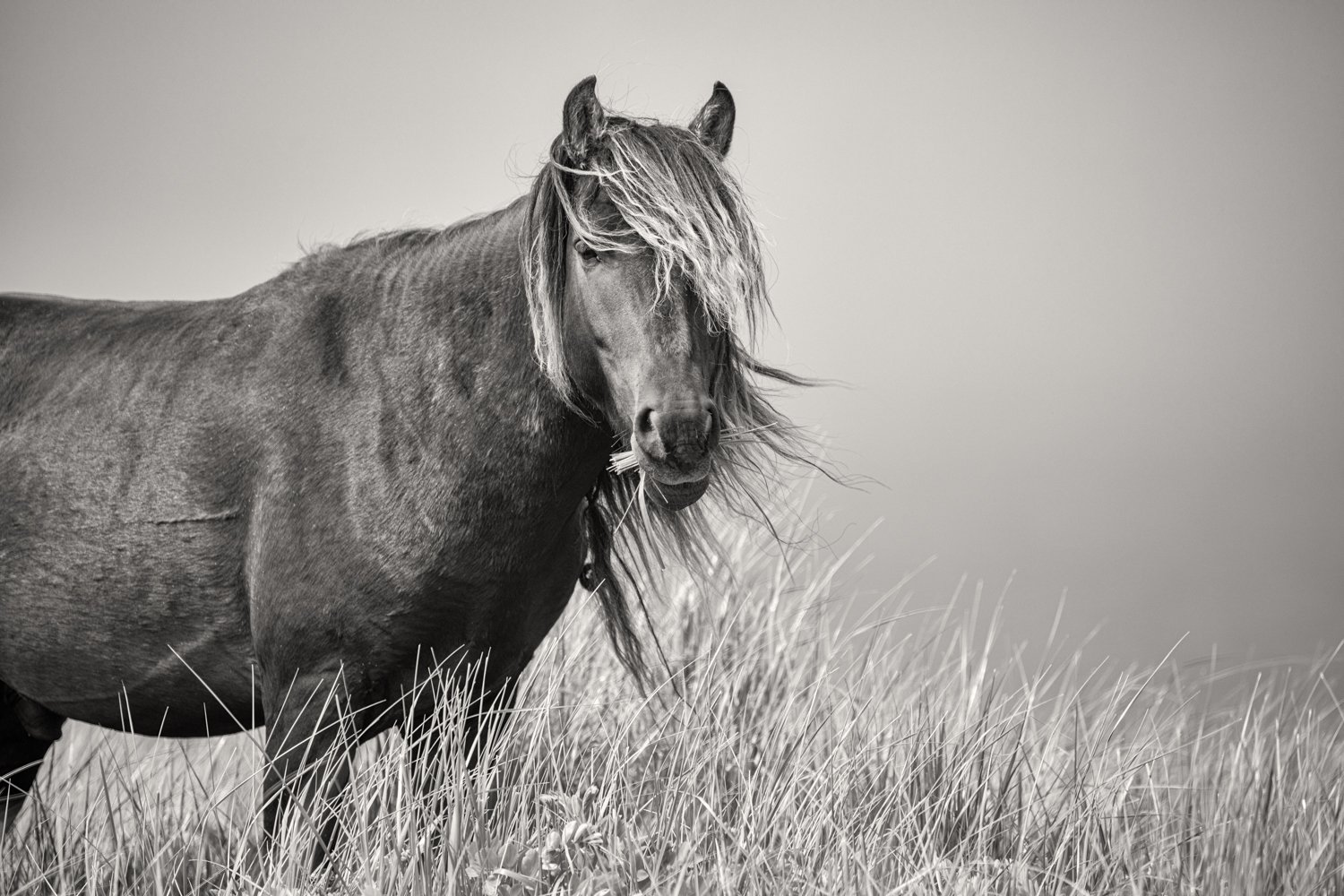
Pretty Boy
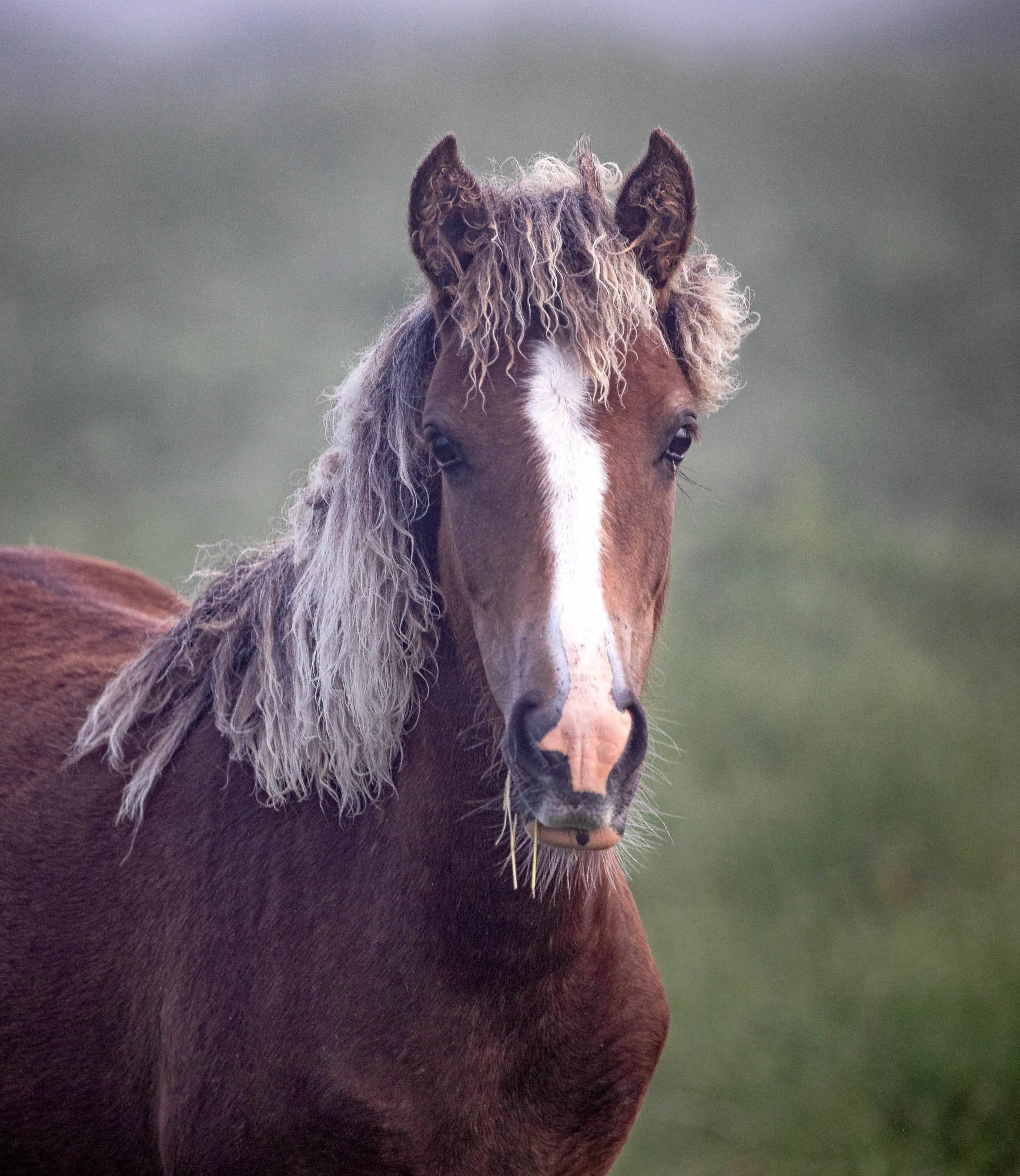
Sable Yearling (color)
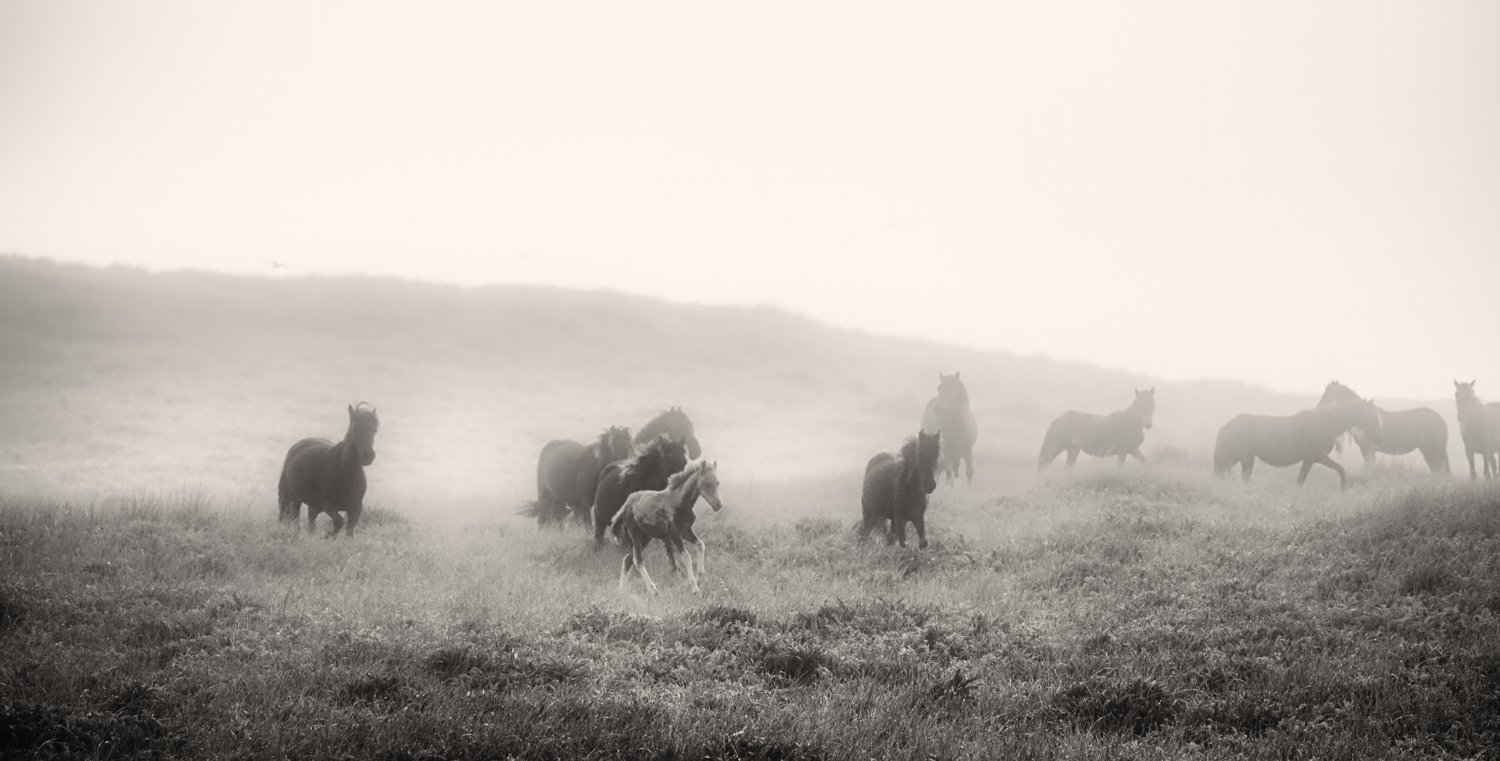
Fog Running
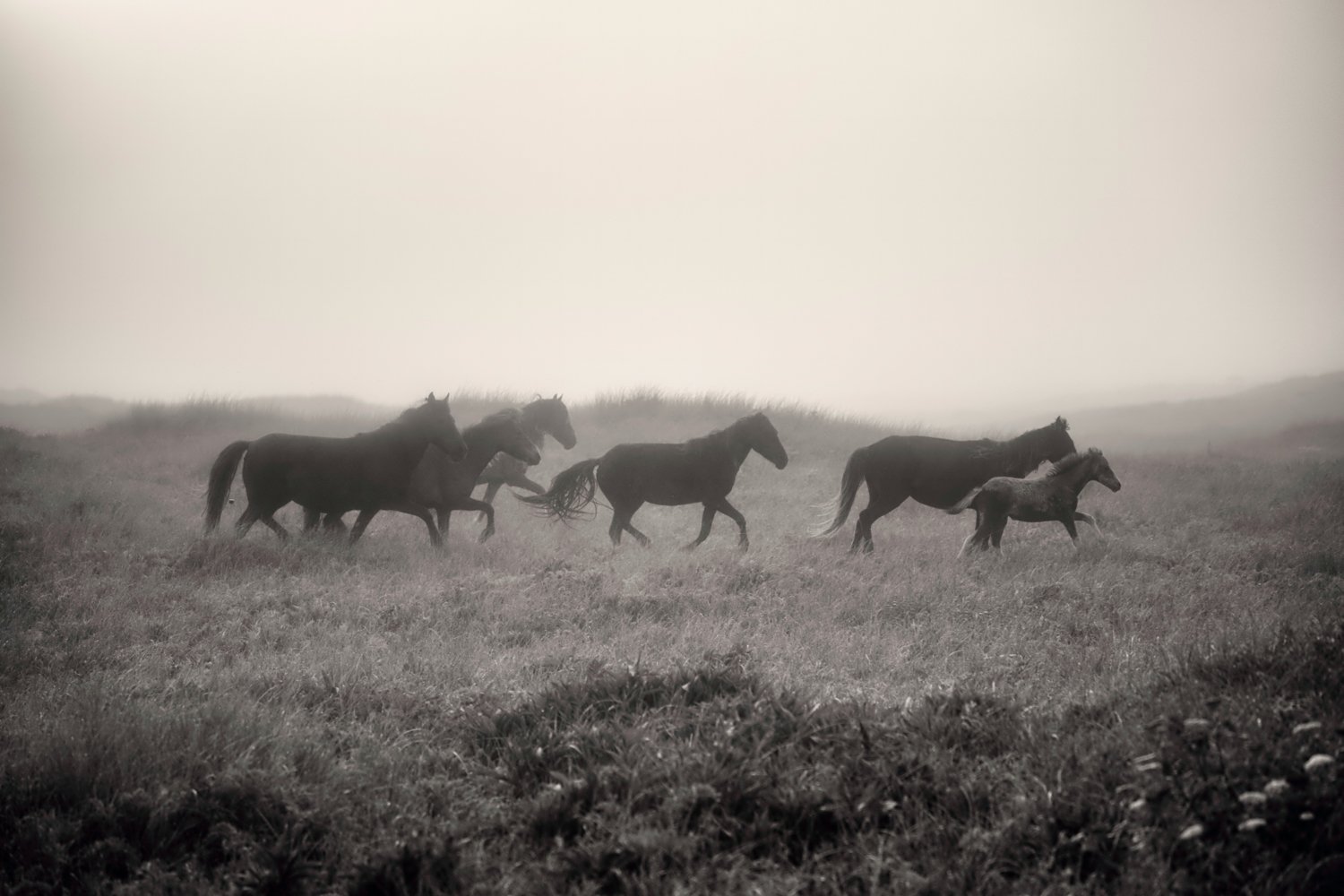
Family in the morning fog
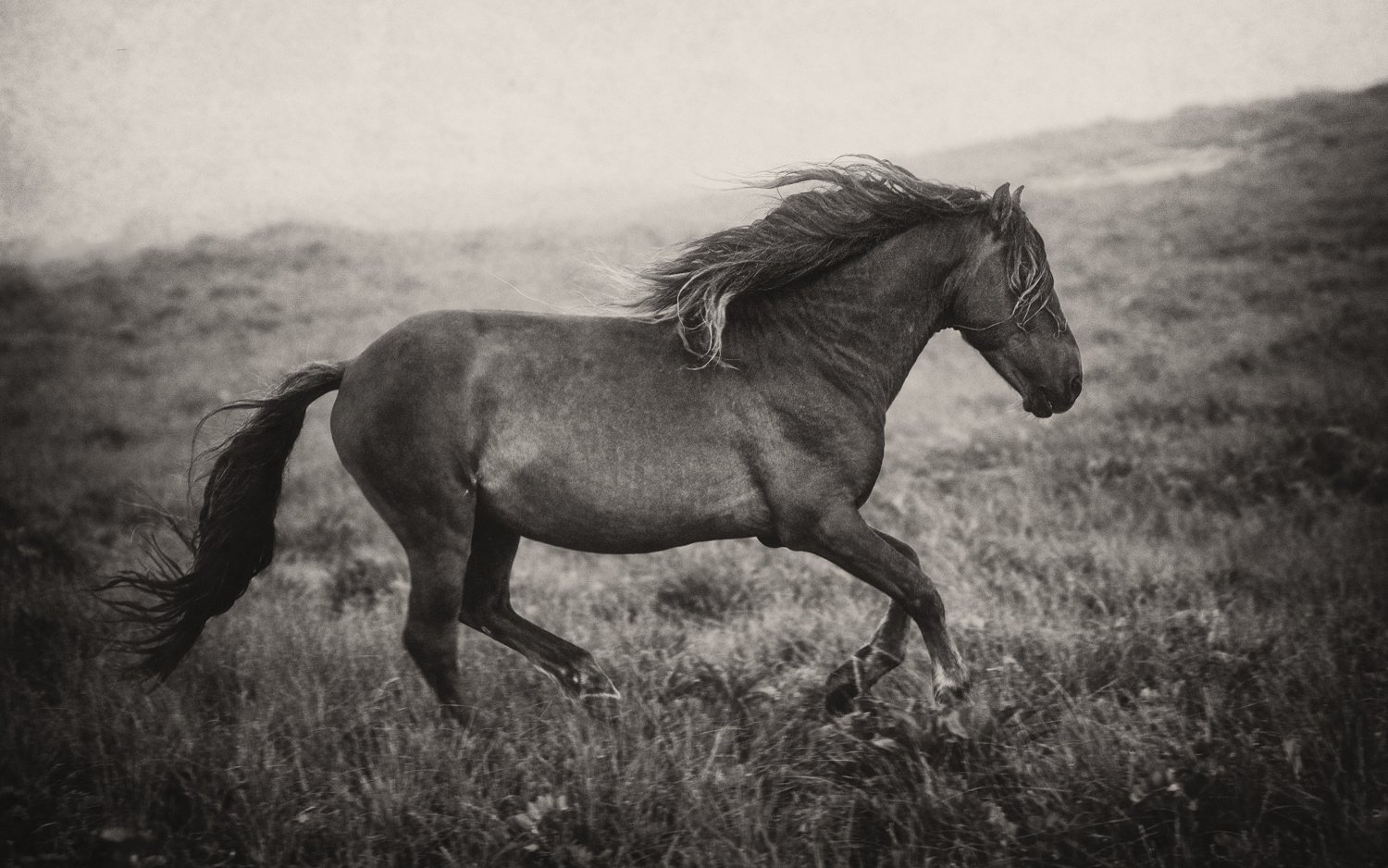
Graceful Stallion
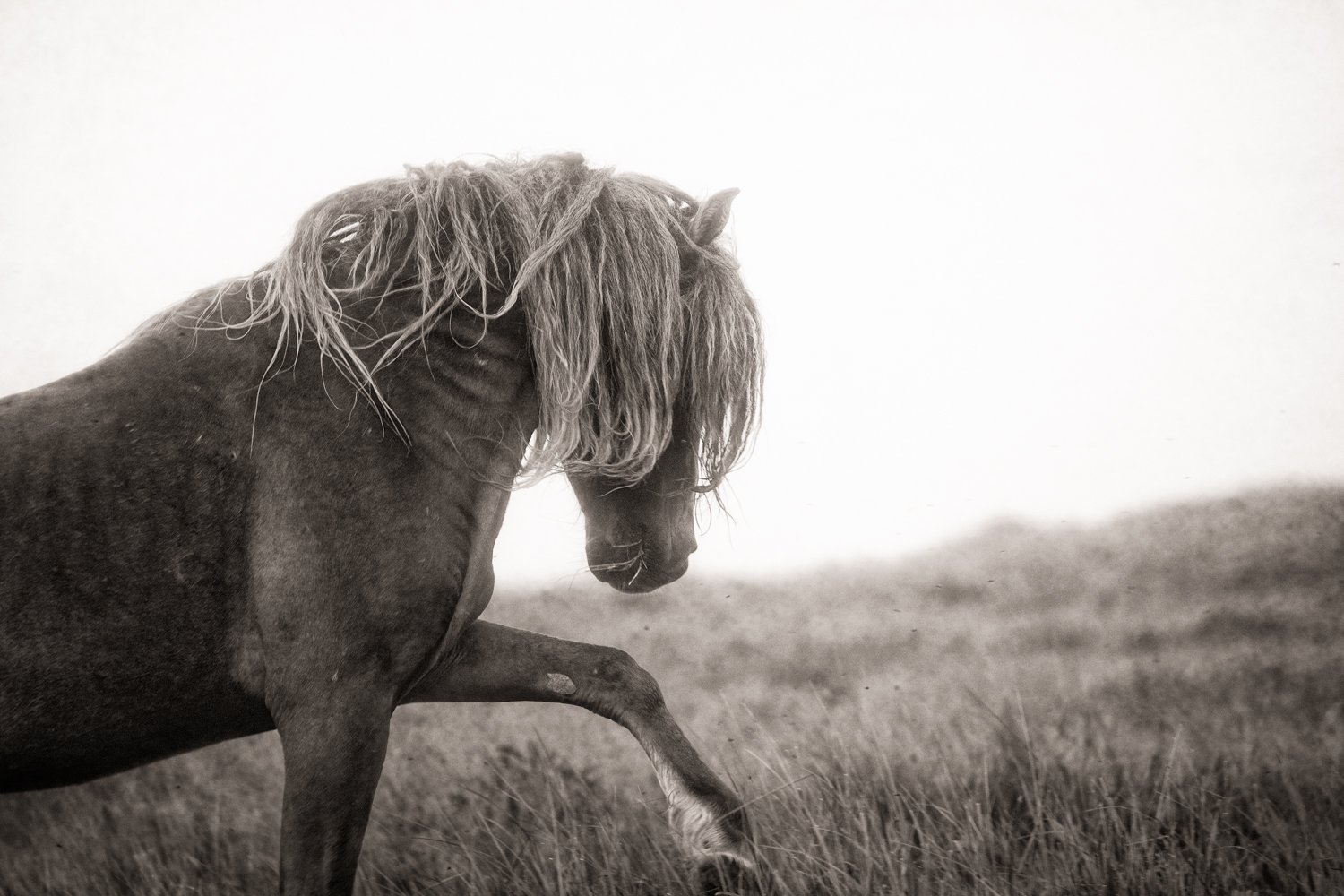
Posturing
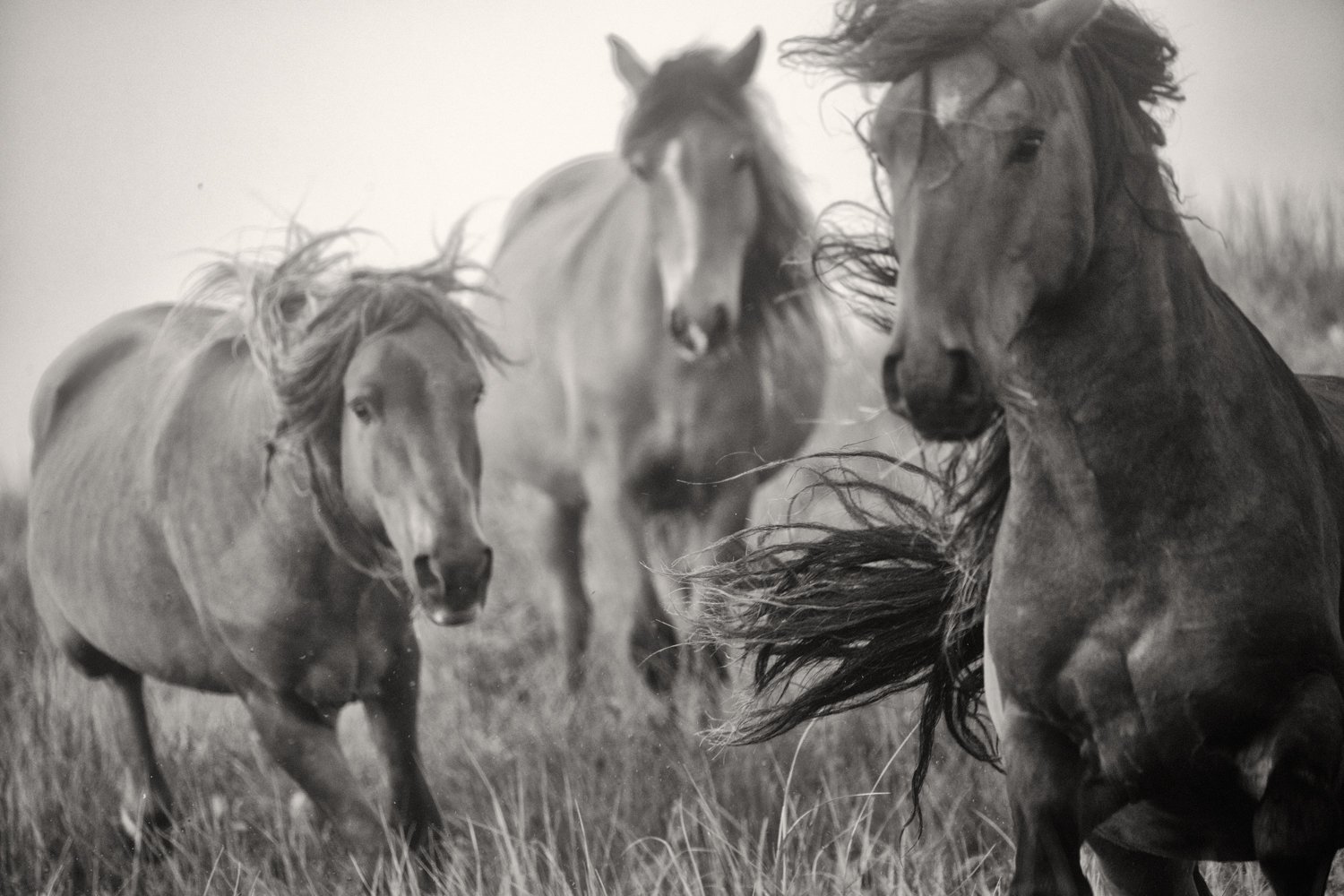
Three Bachelors closeup
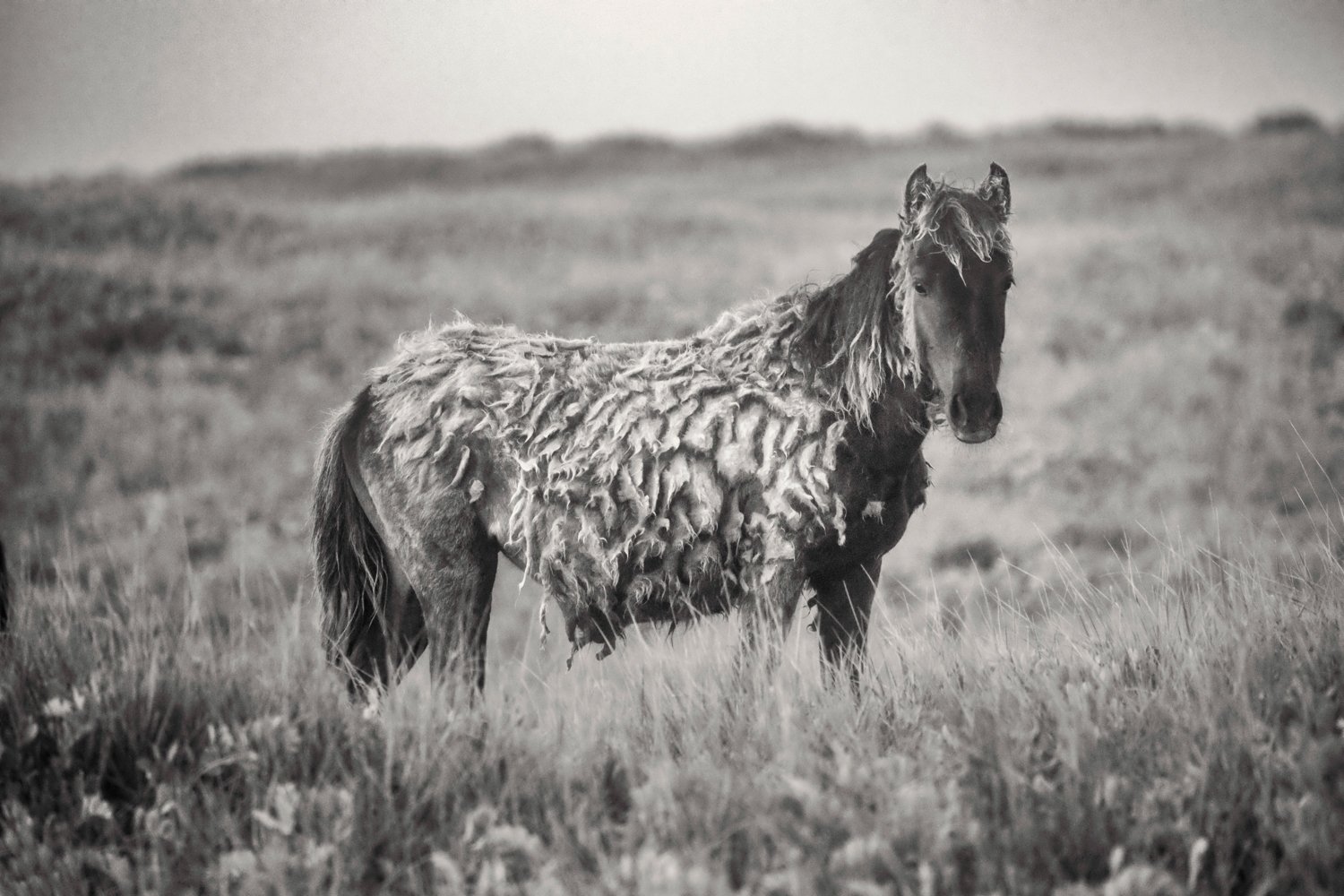
Shedding
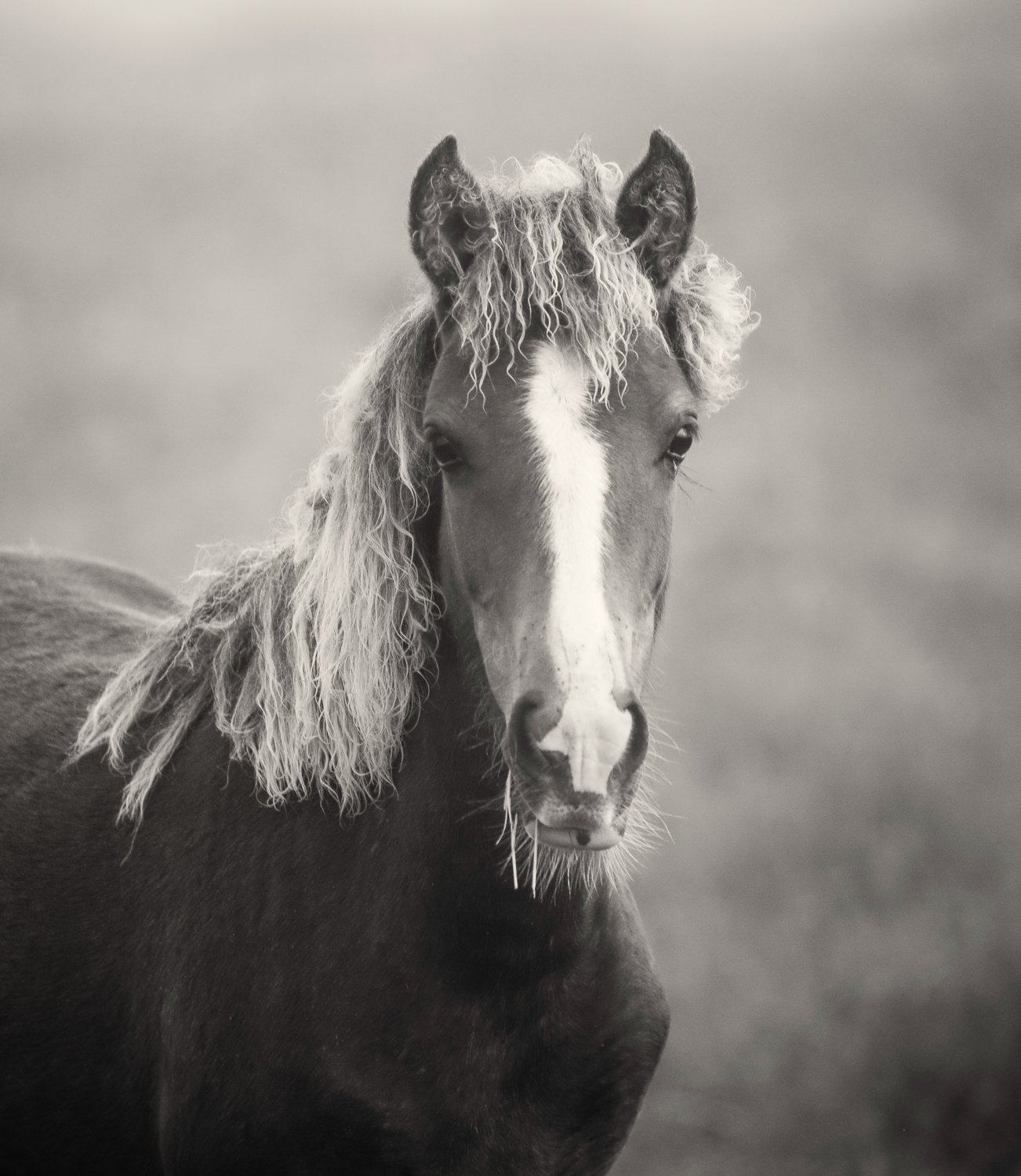
Sable Yearling (B&W)
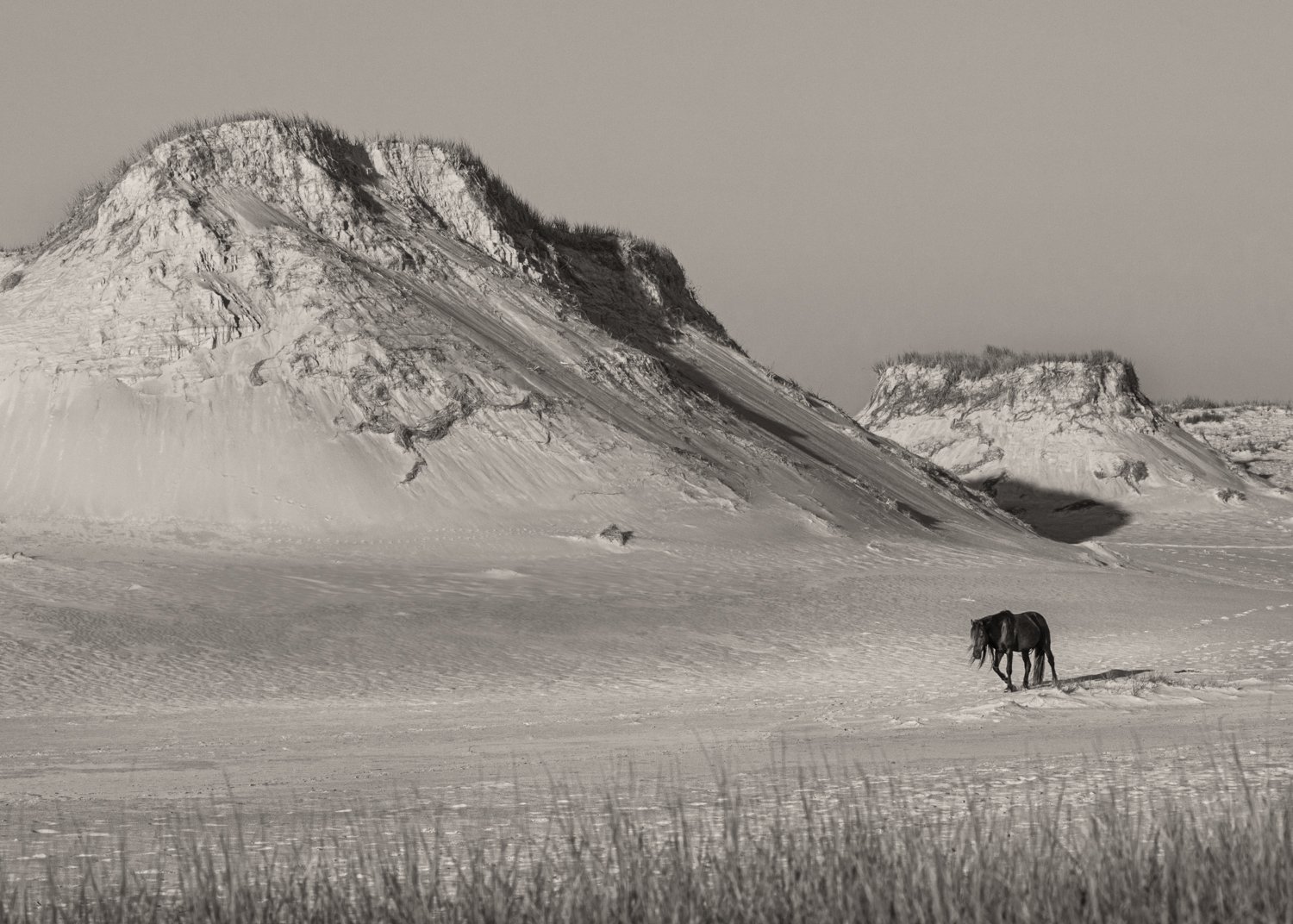
Dune Stallion

Lone Stallion
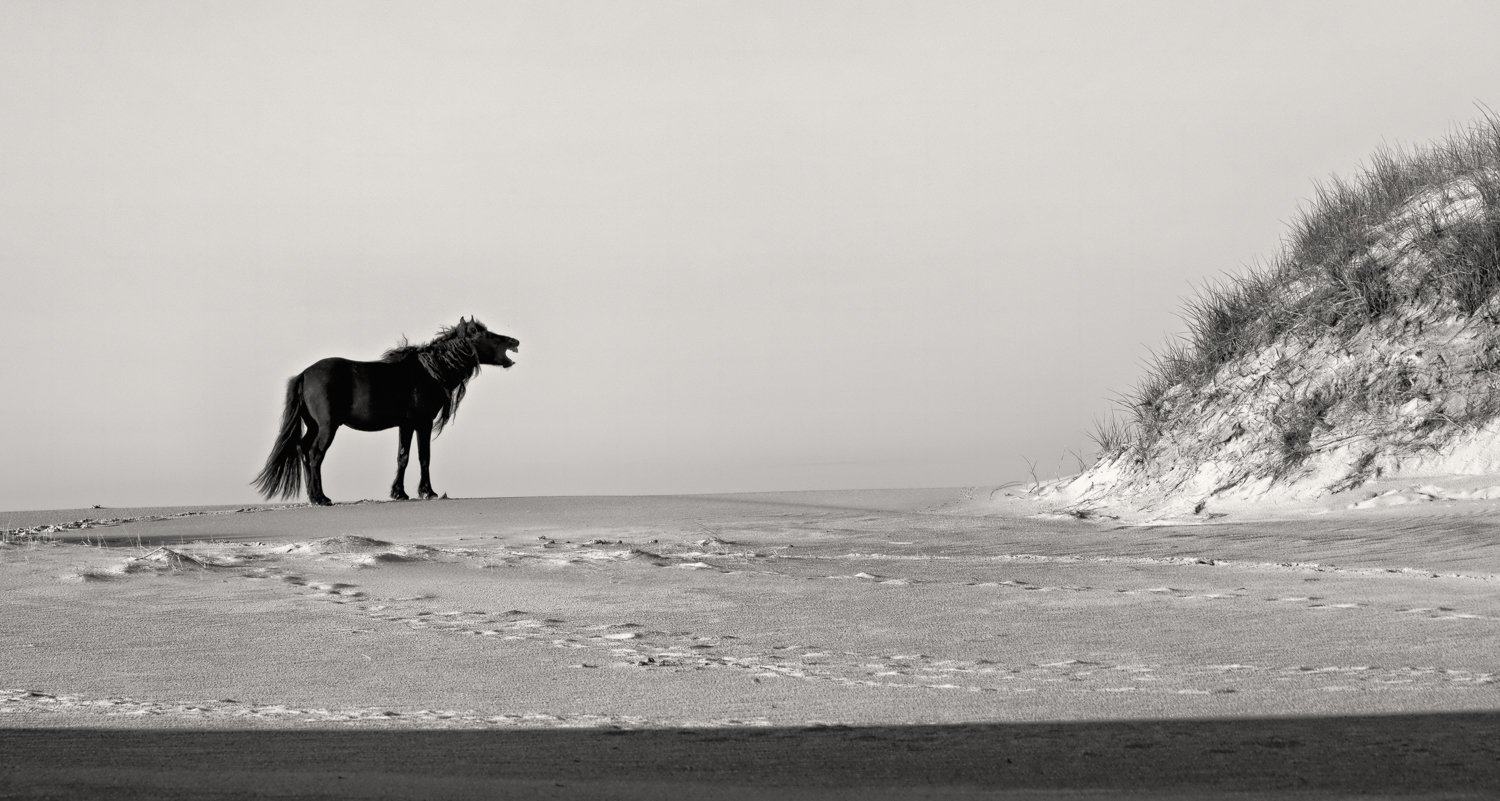
Call of the Wild
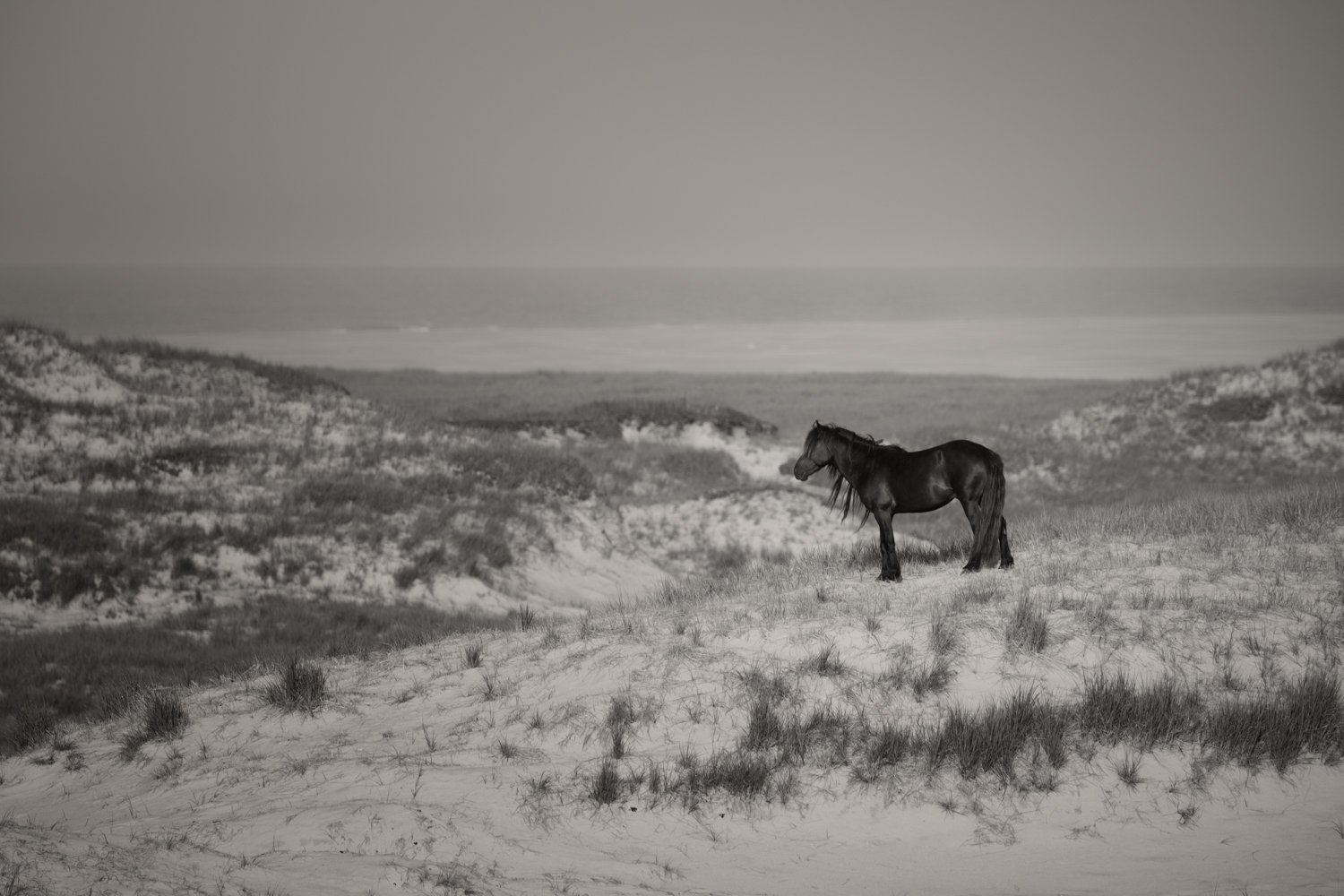
Sand Stallion

Sable Trilogy (B&W)

Sable Trilogy (color)
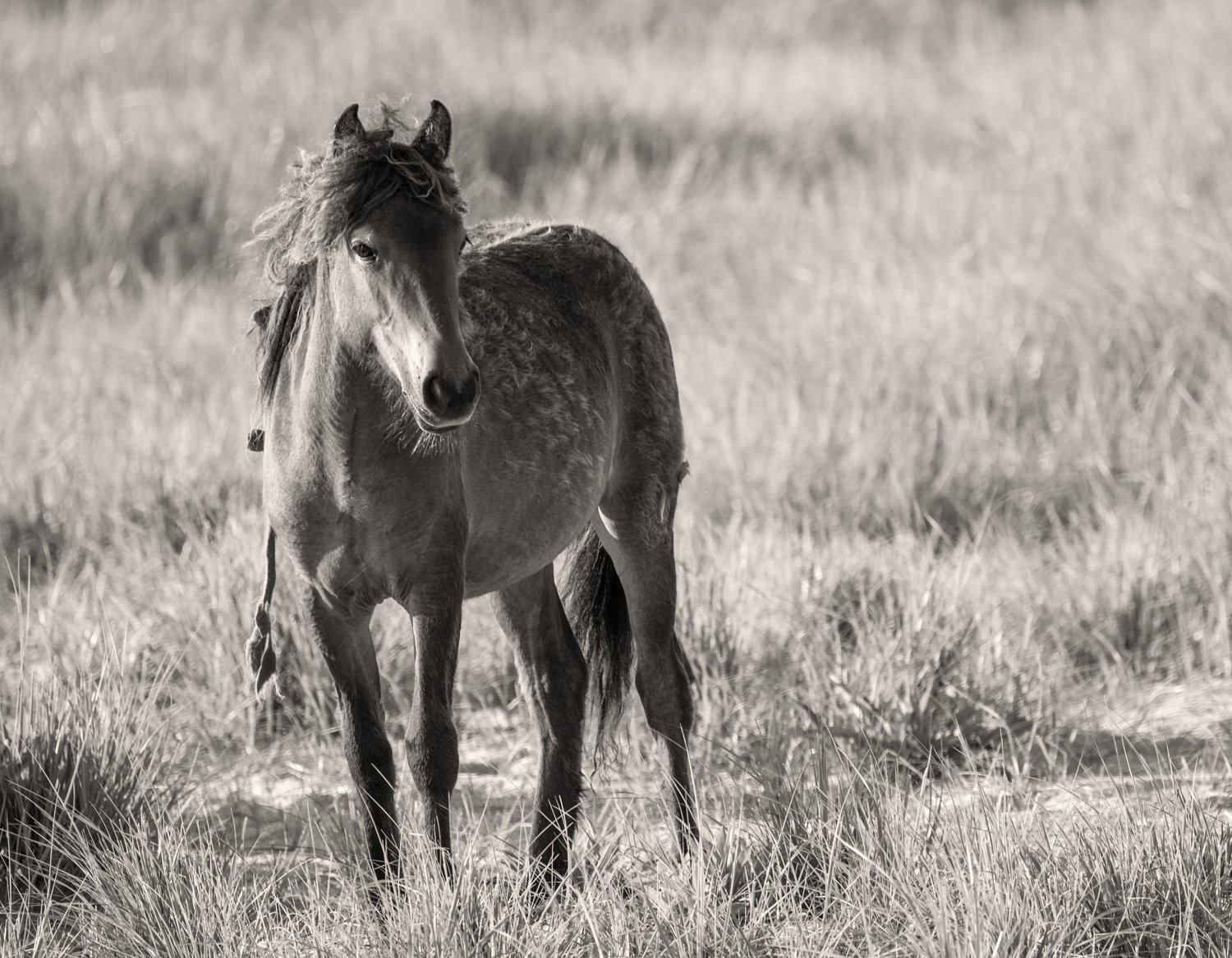
Fairy Knots and Scruffy One
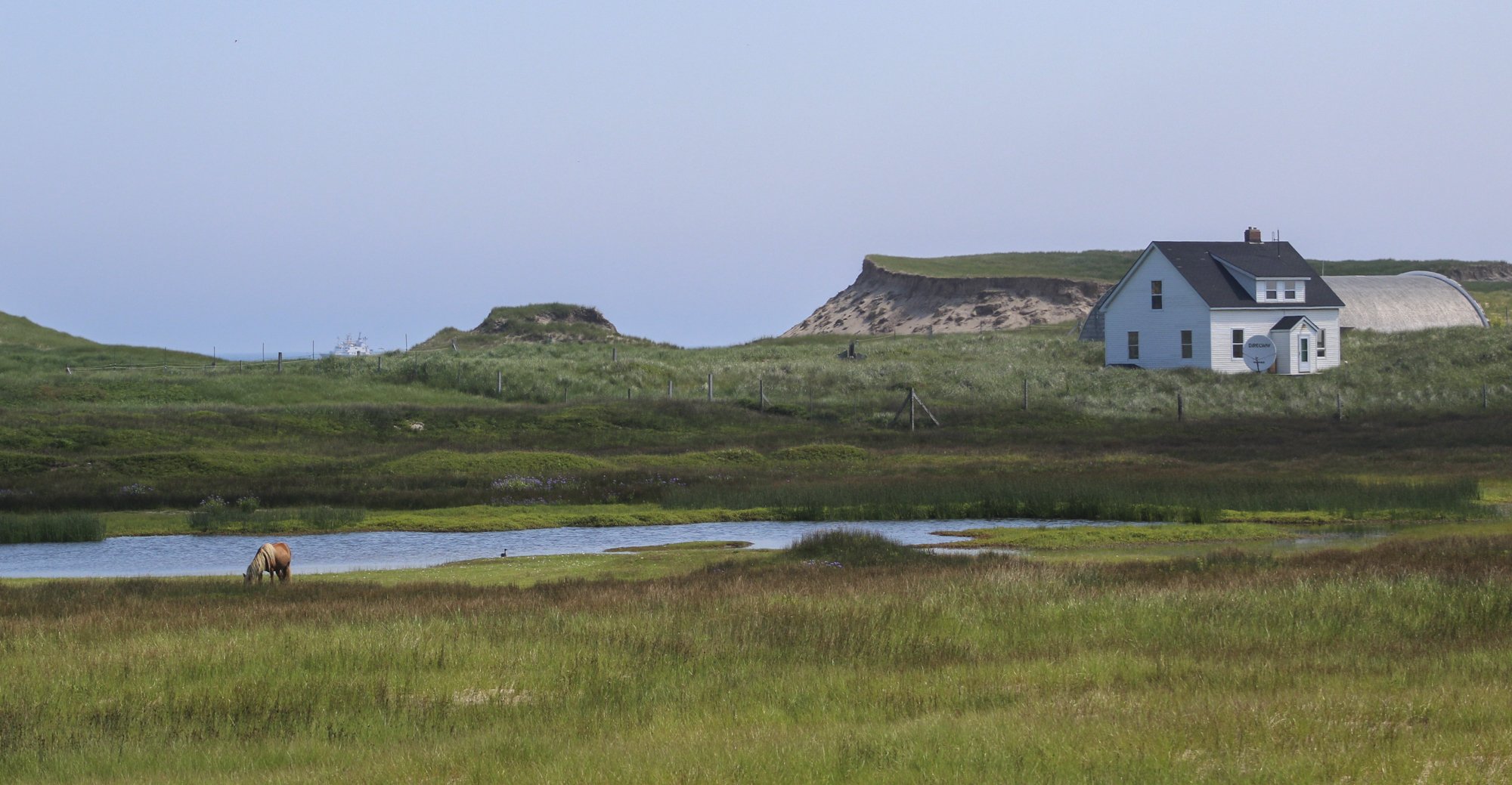
Scenic Life
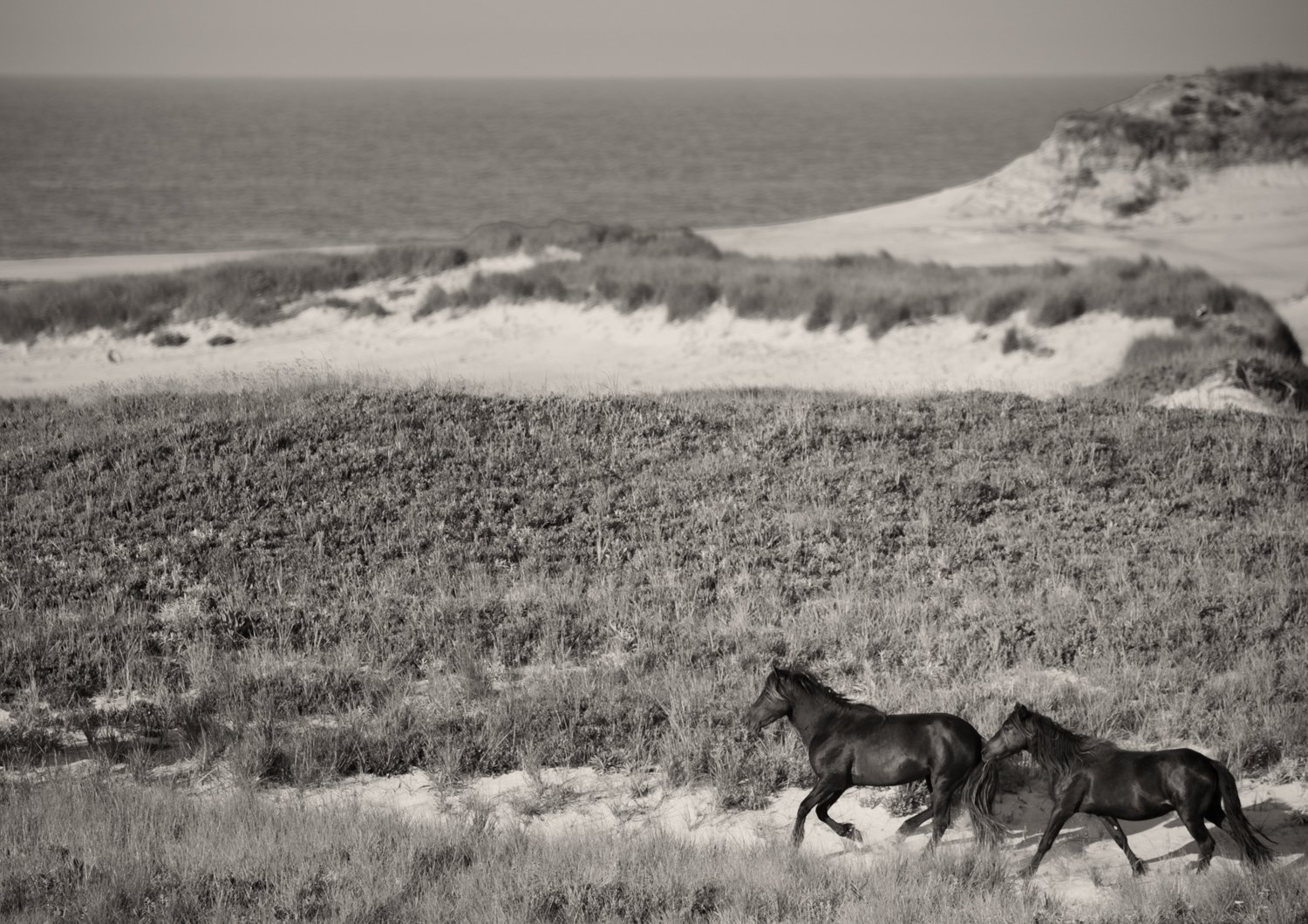
Two Stallions running free

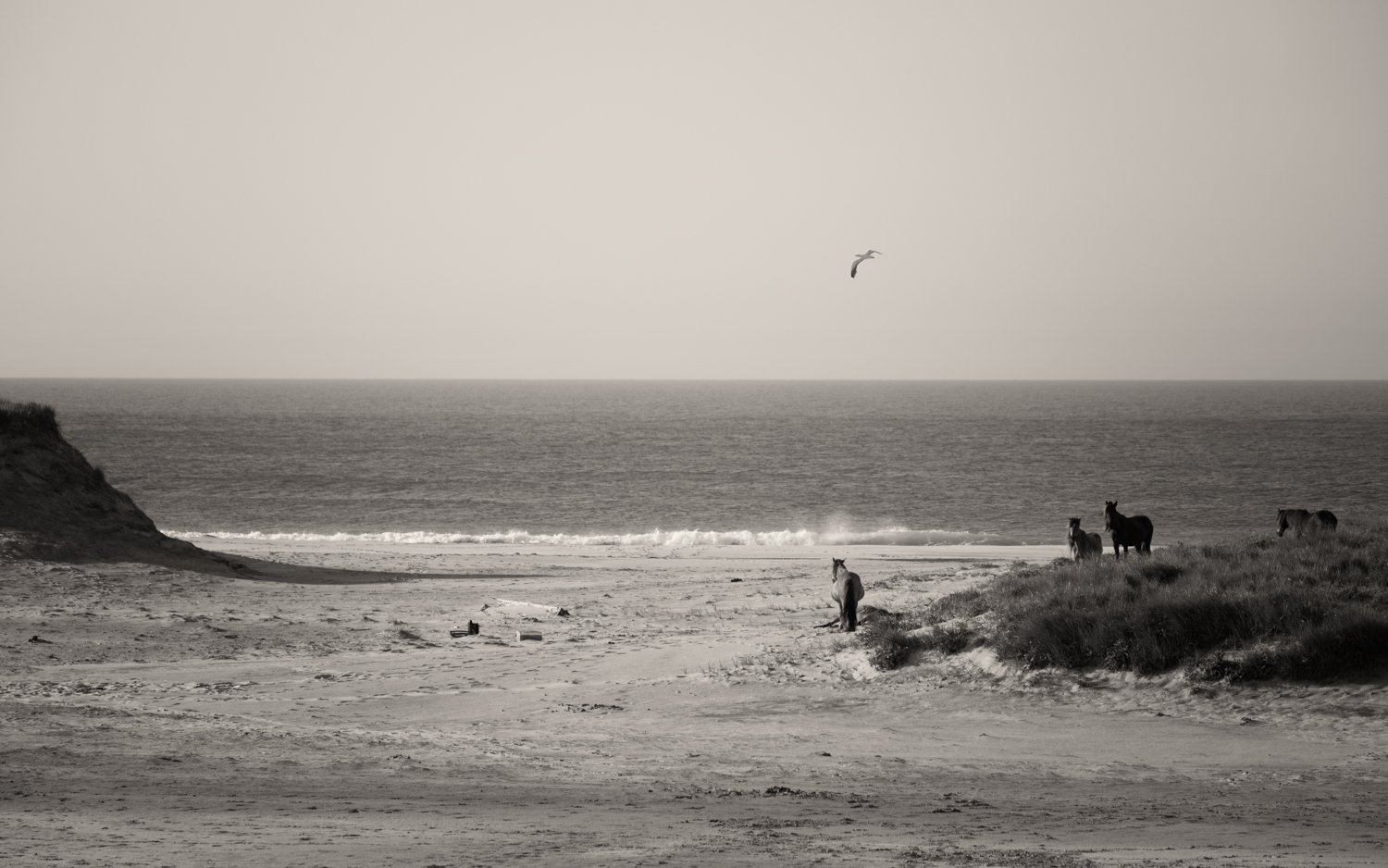
Ocean view
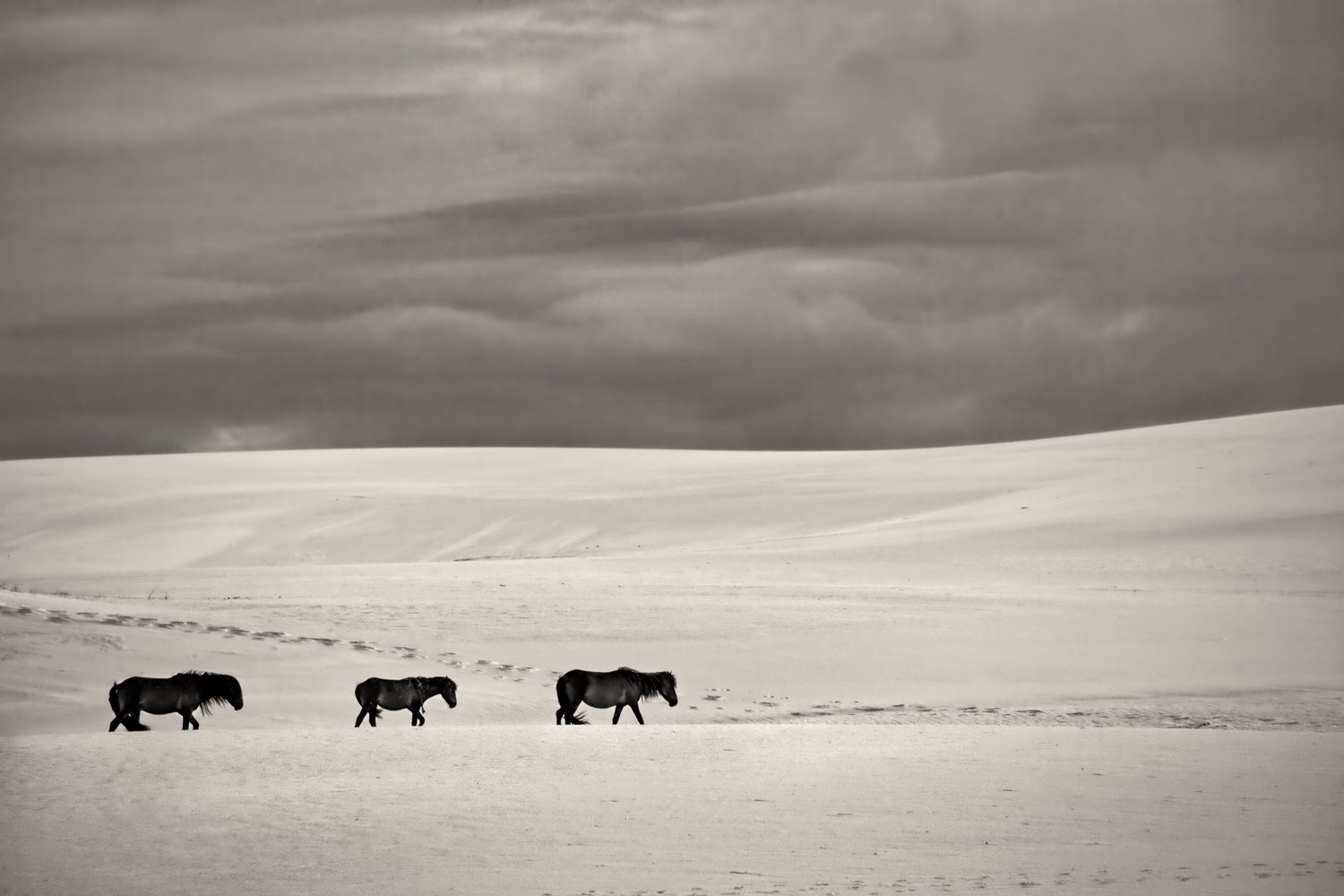
Family of three
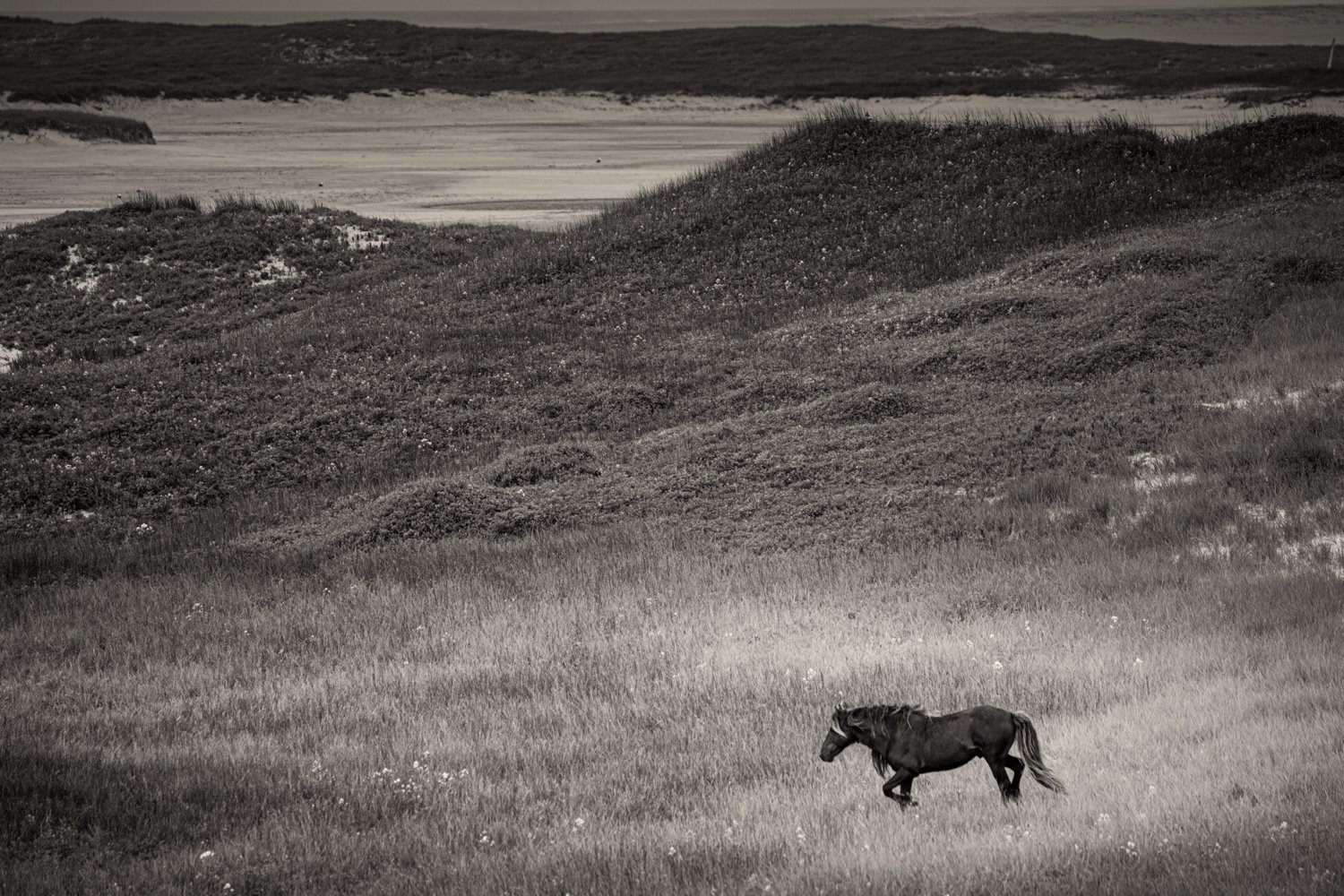
Stallion alone sepia
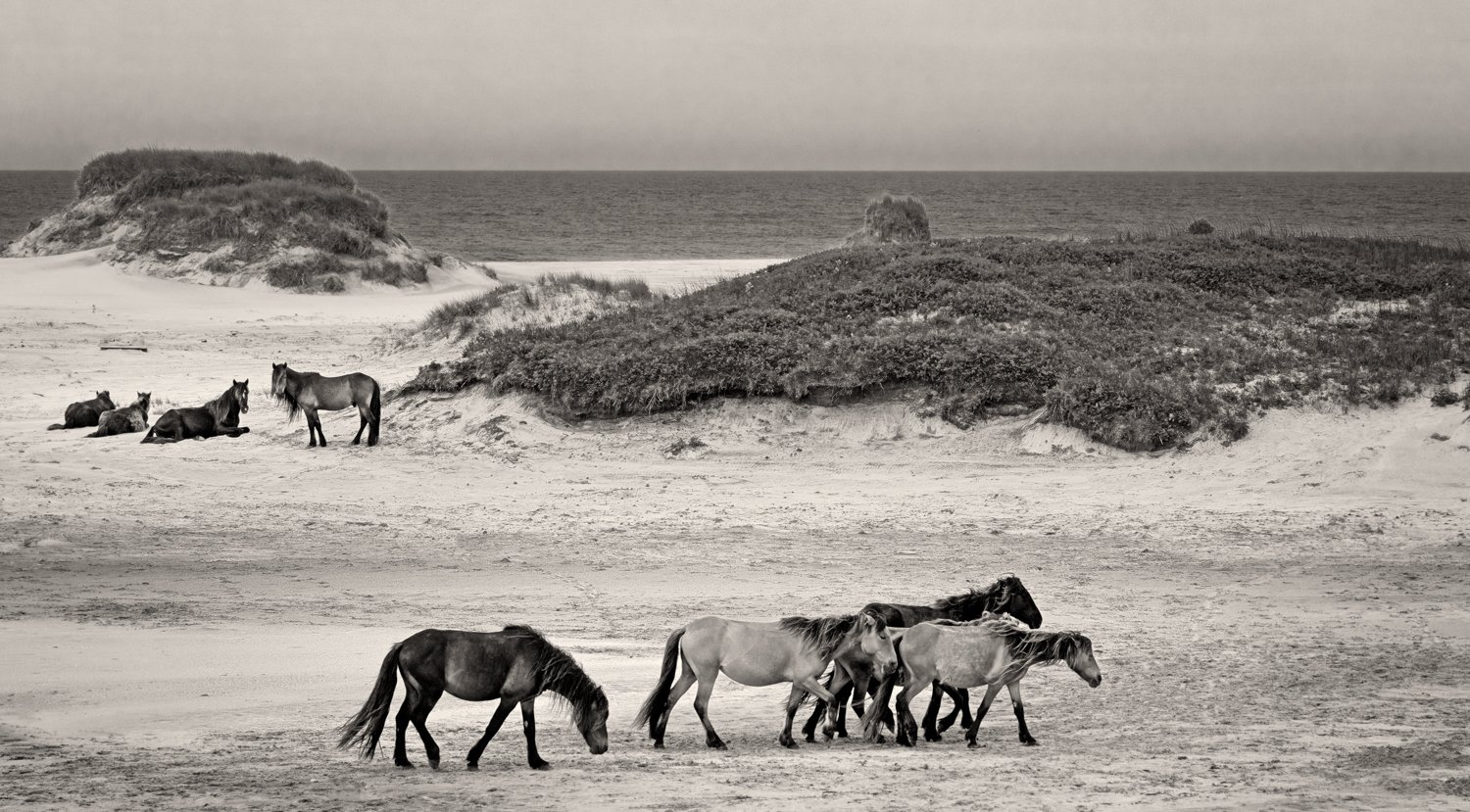
Two families on the beach
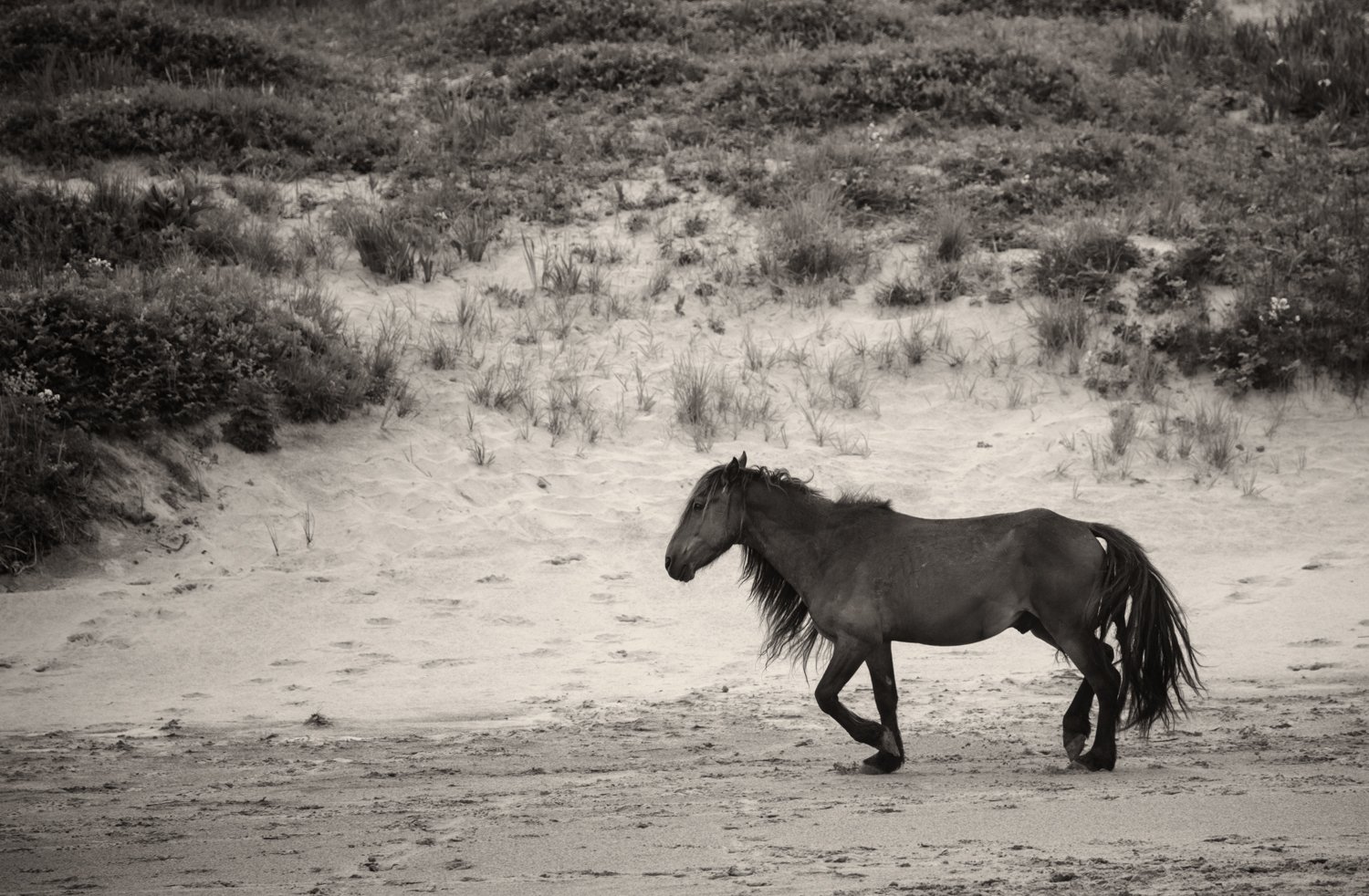
Scraggy boy
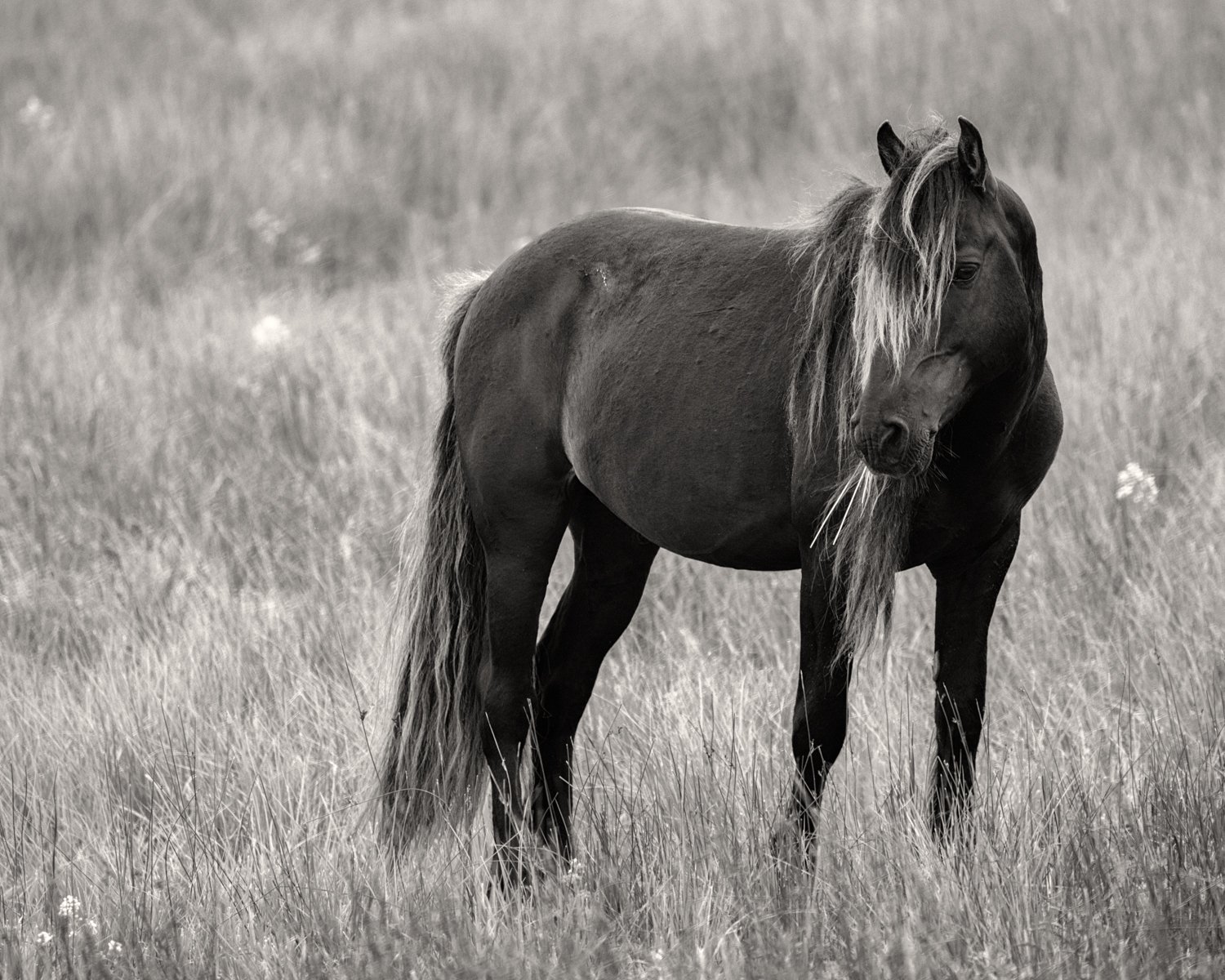
Sable Horse #1
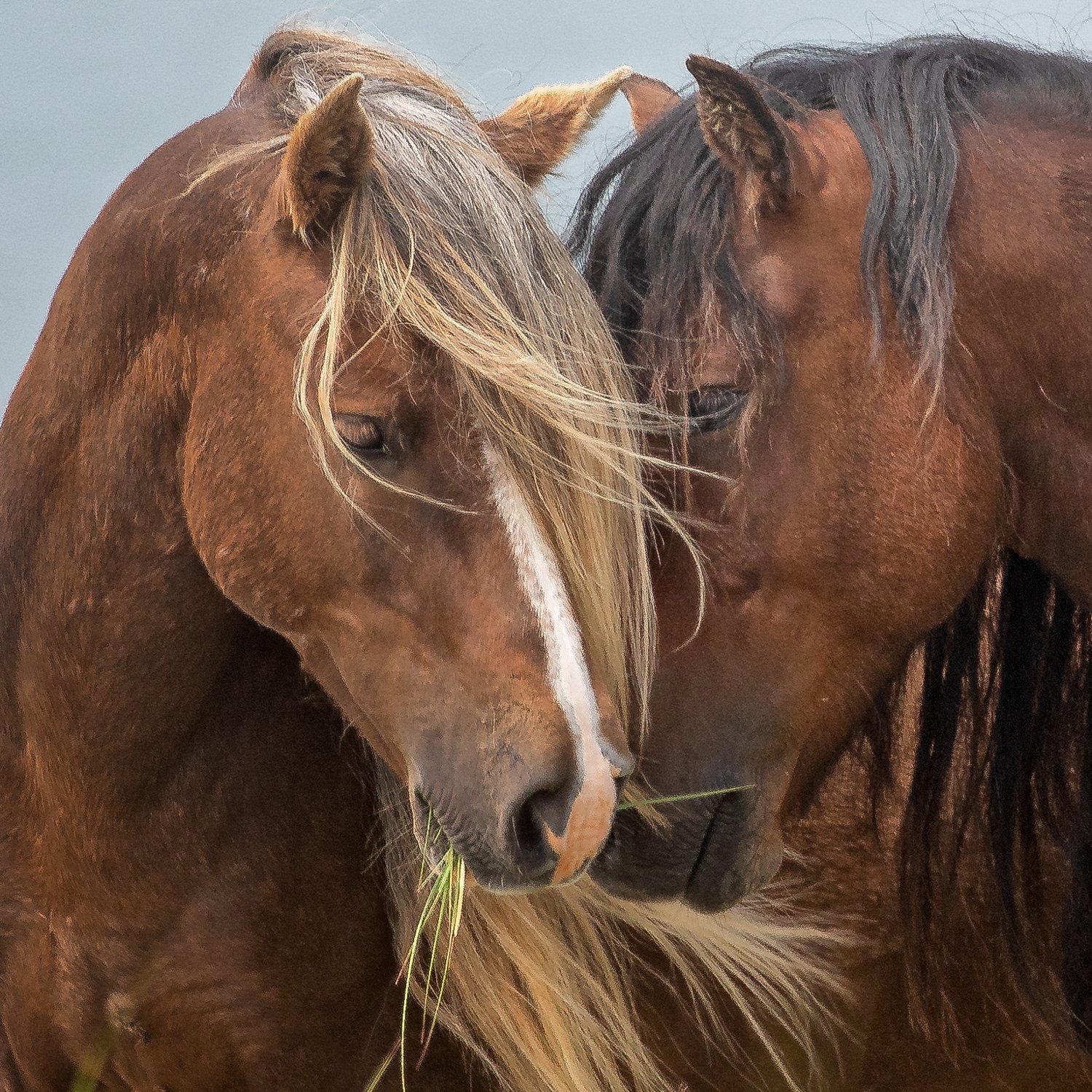
Nuzzle
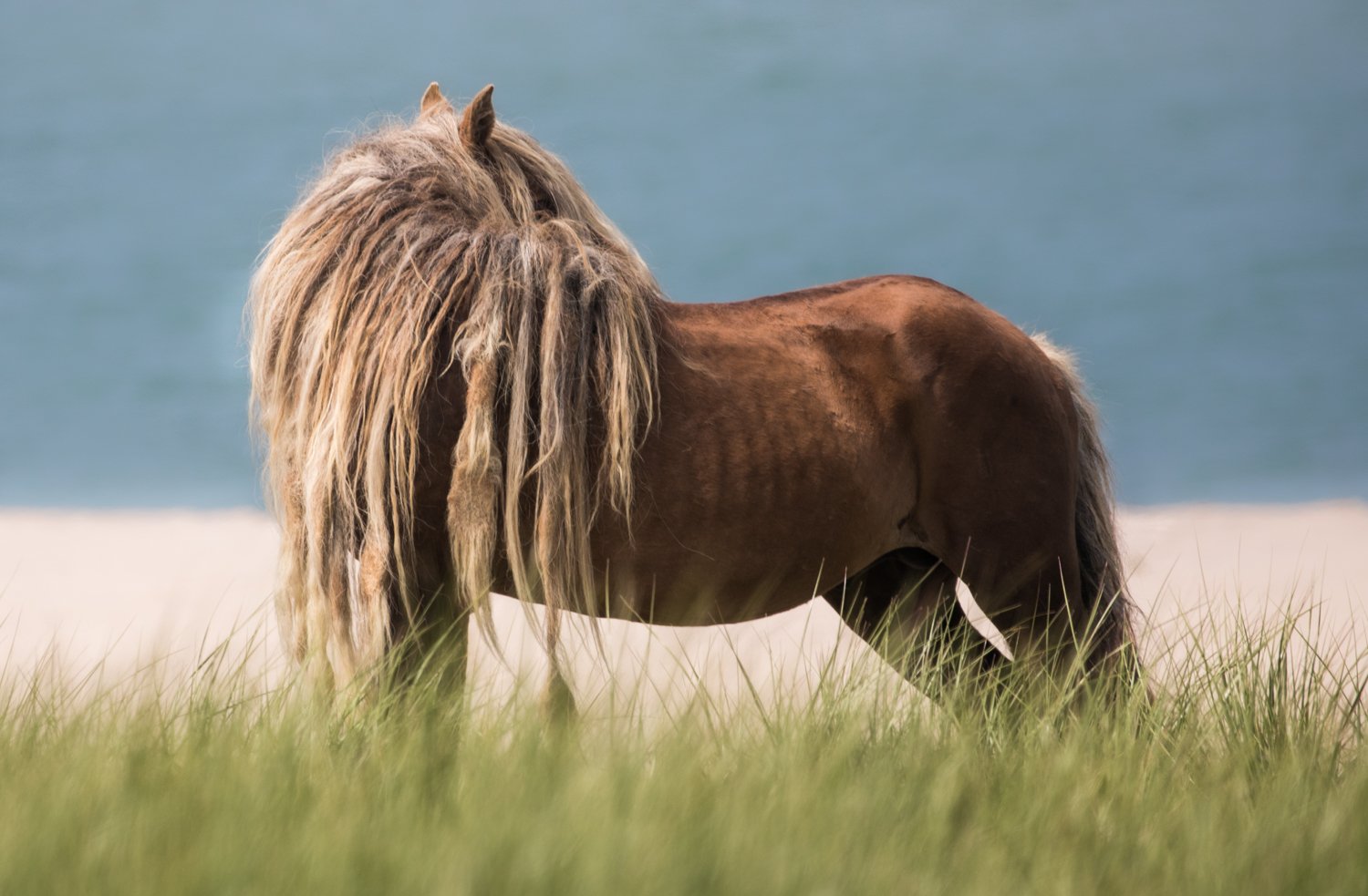
Carpet of mane
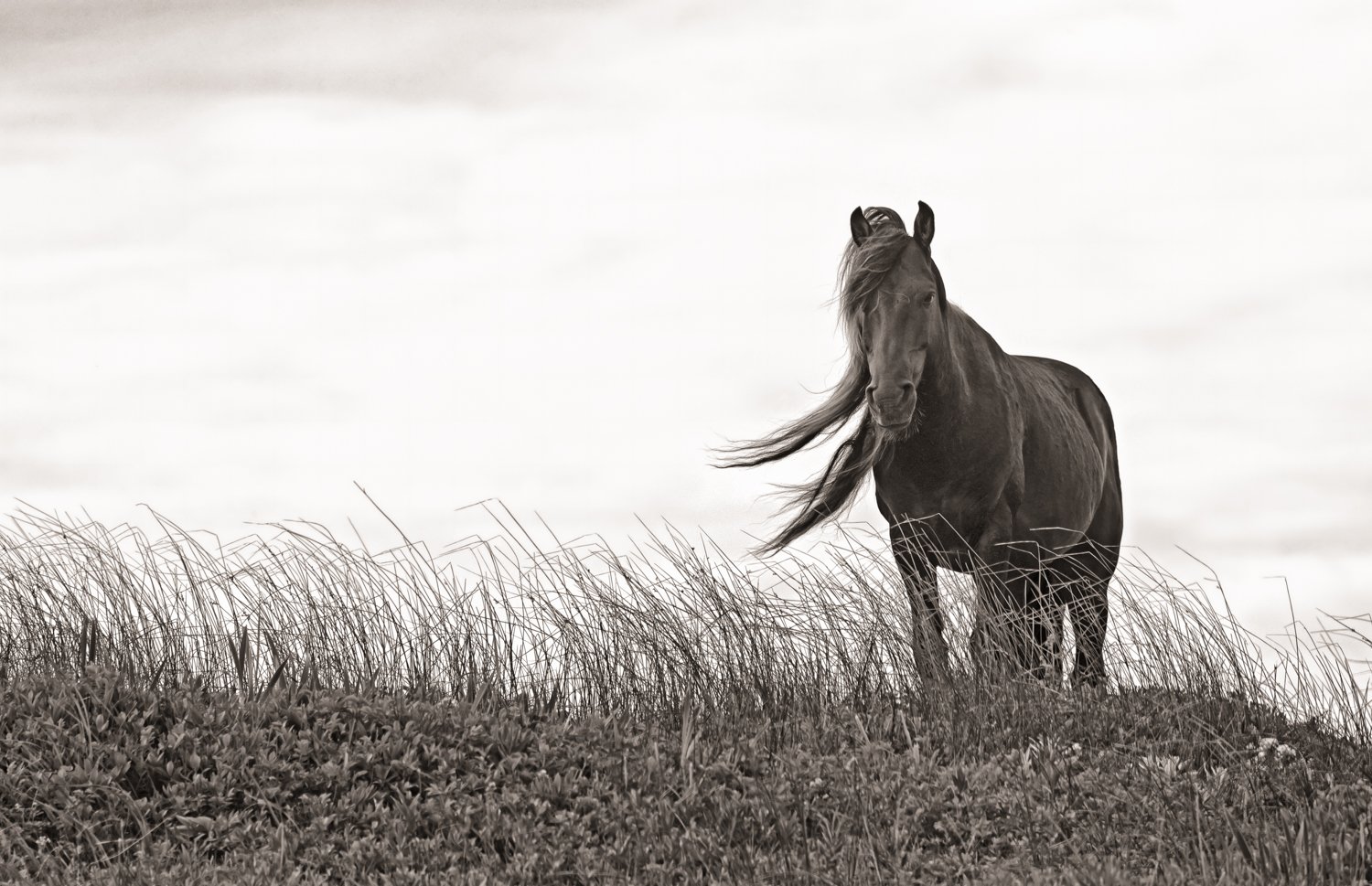
Look Out

Long Hair

Stallion Battle Sable #1

Stallion Battle Sable #2
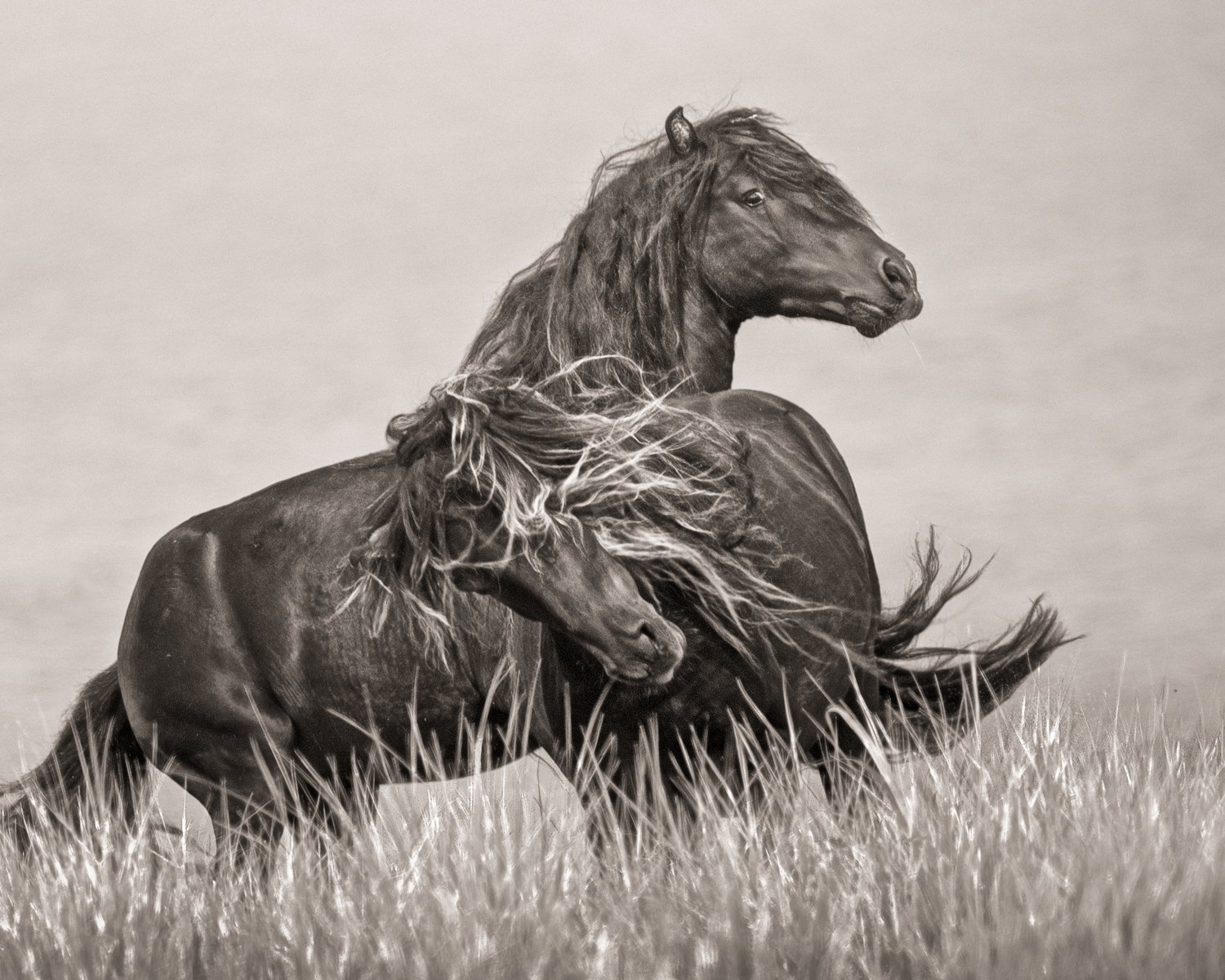
Stallion Battle Sable #3
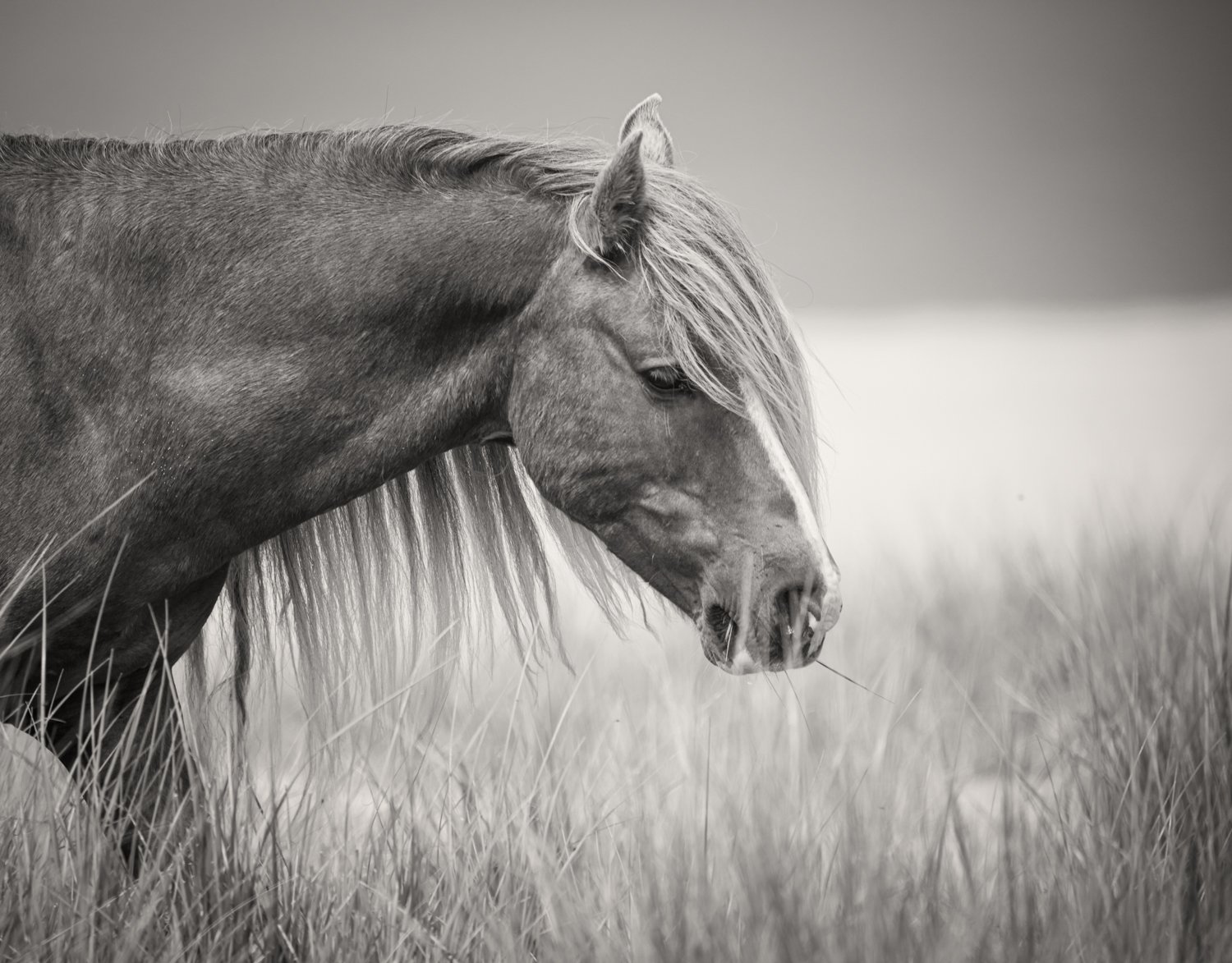
Sable Island Horses #2
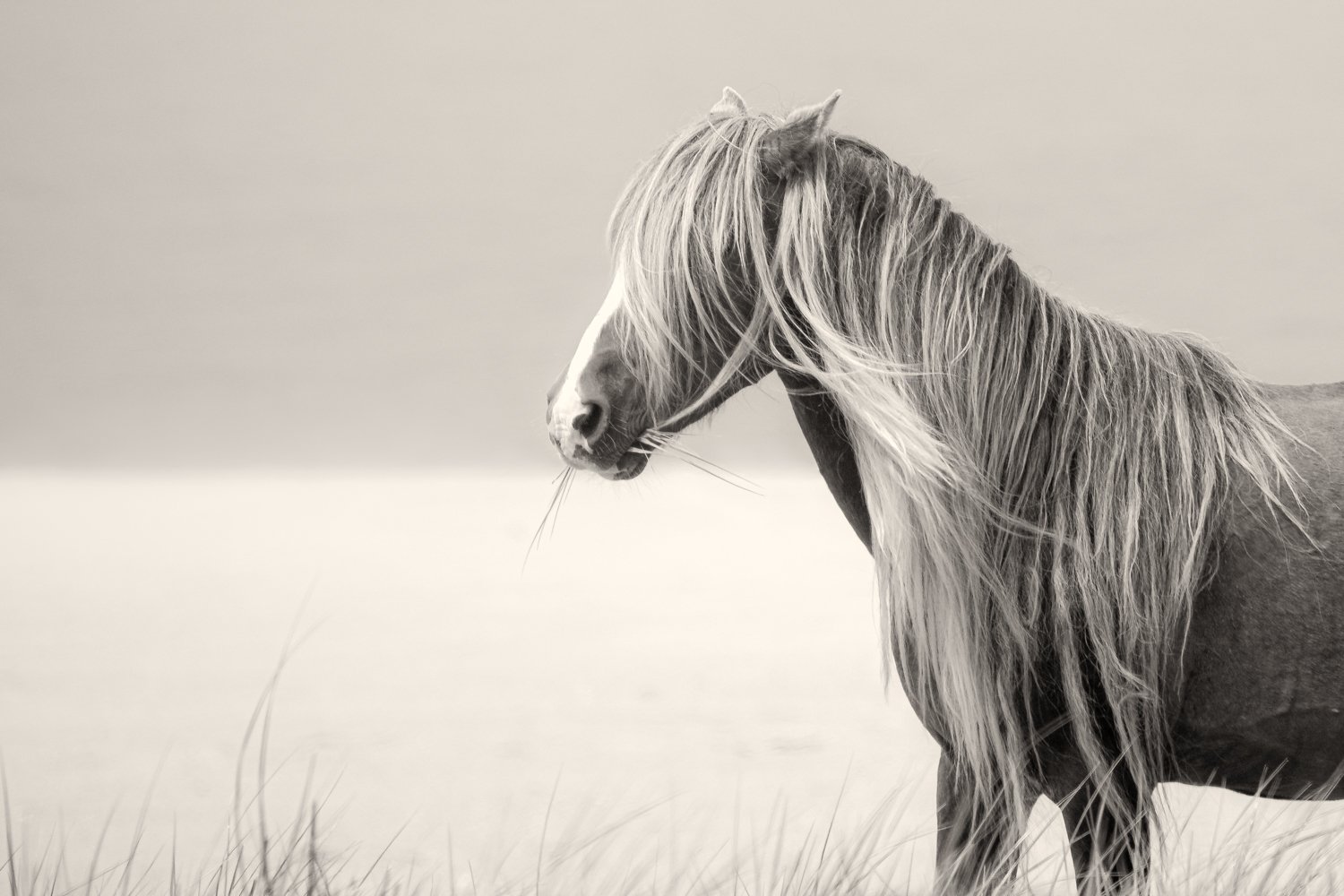
Wind Swept (sepia)
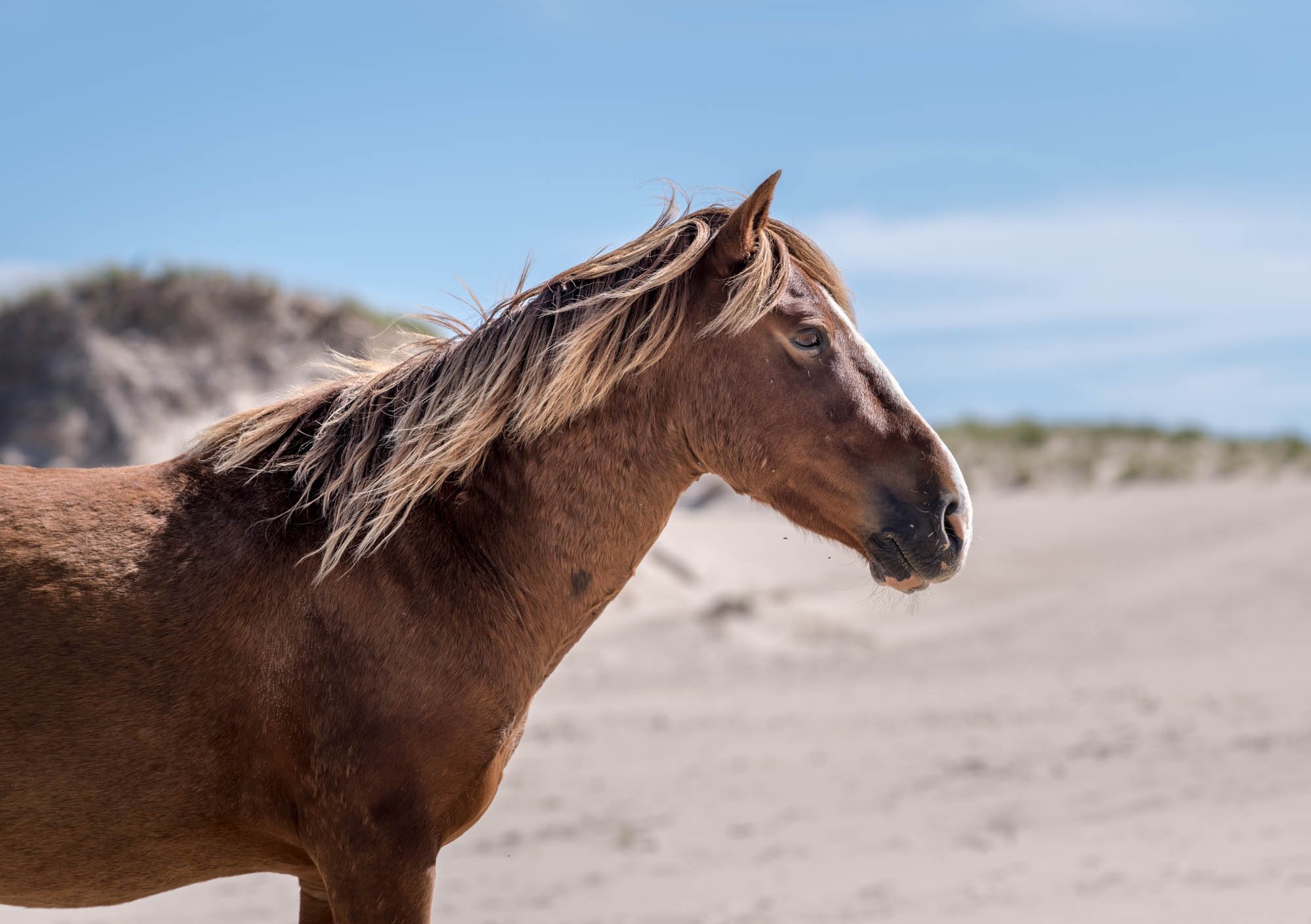
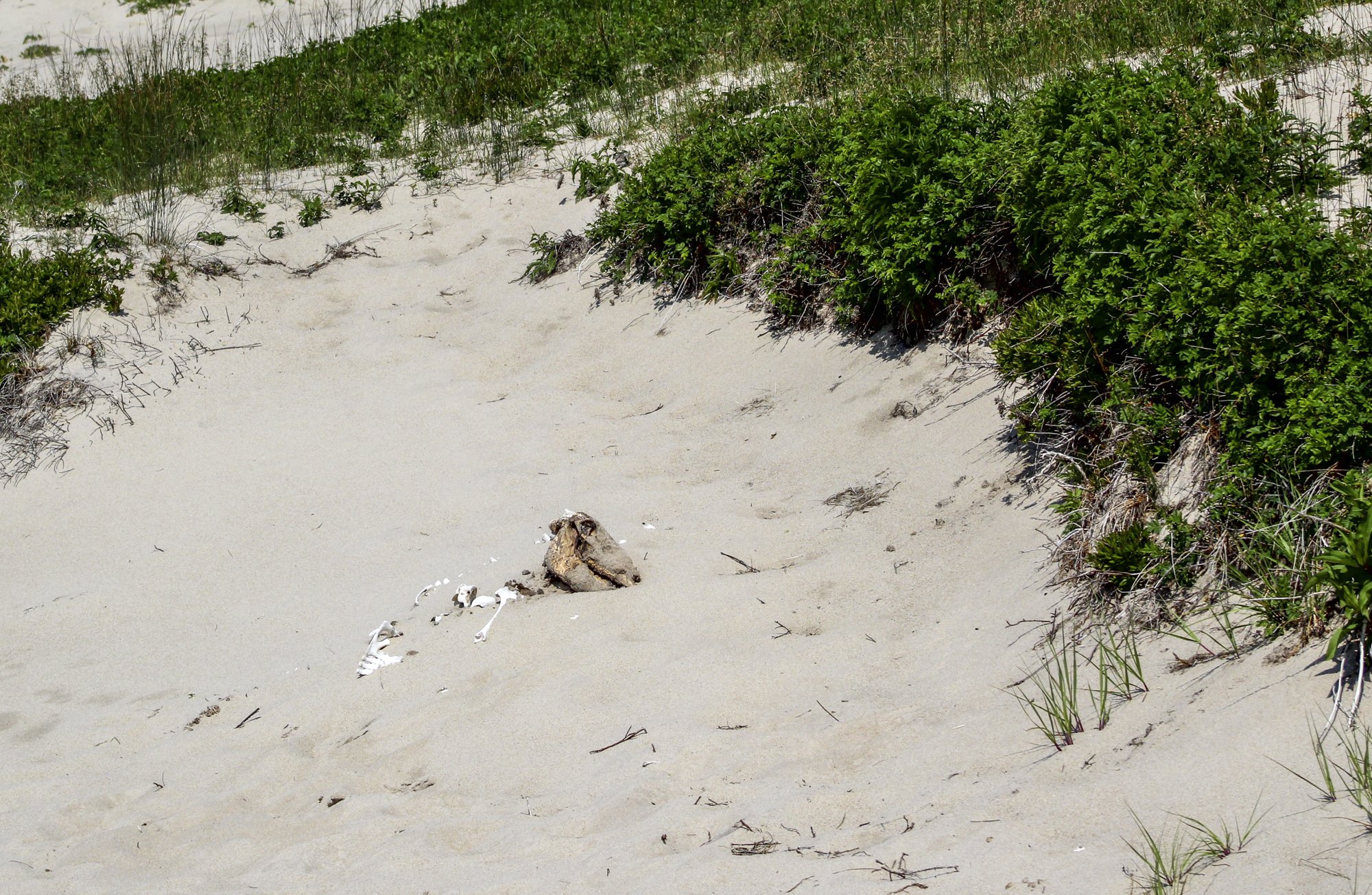
Nature takes its course
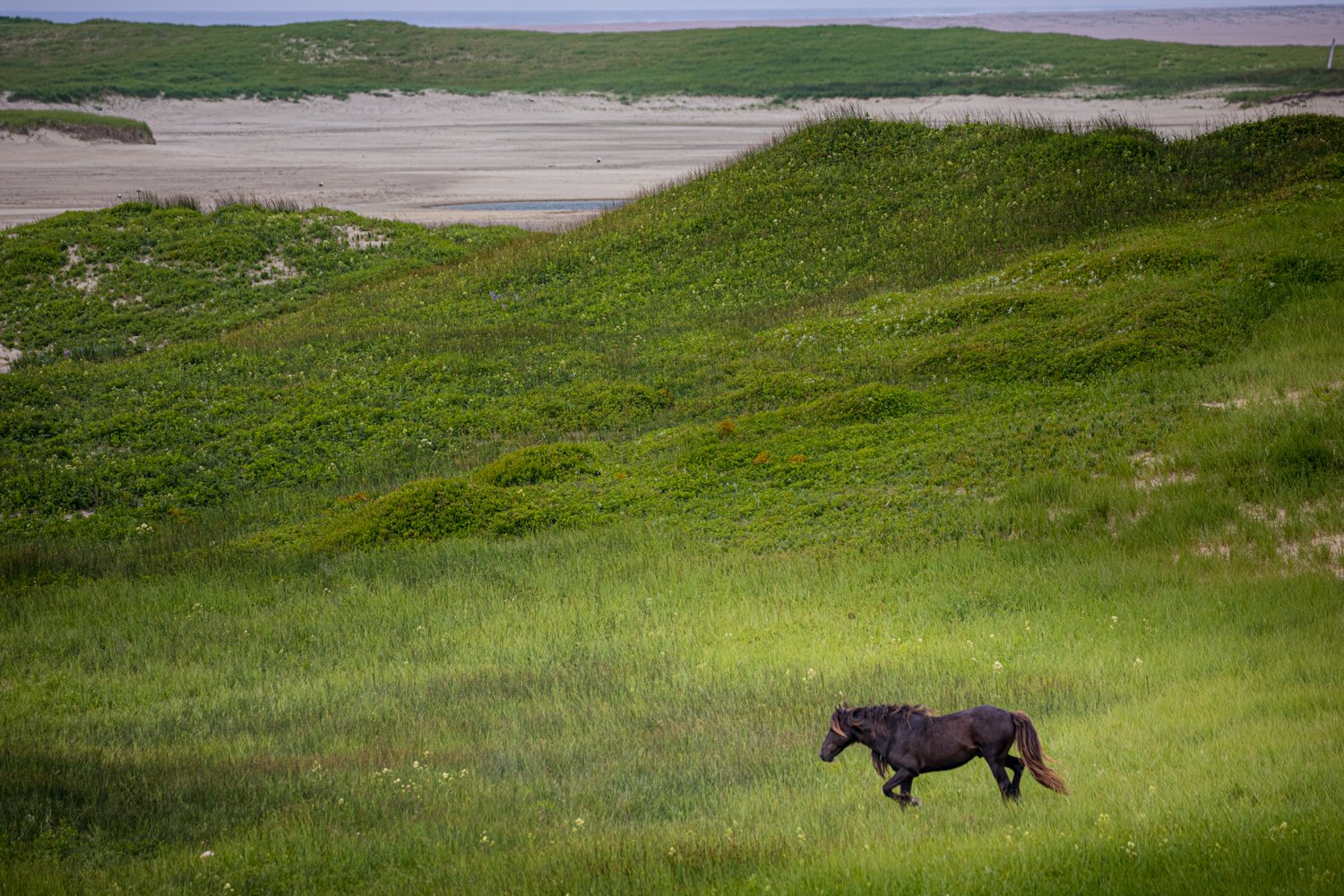
Stallion Alone color grass field
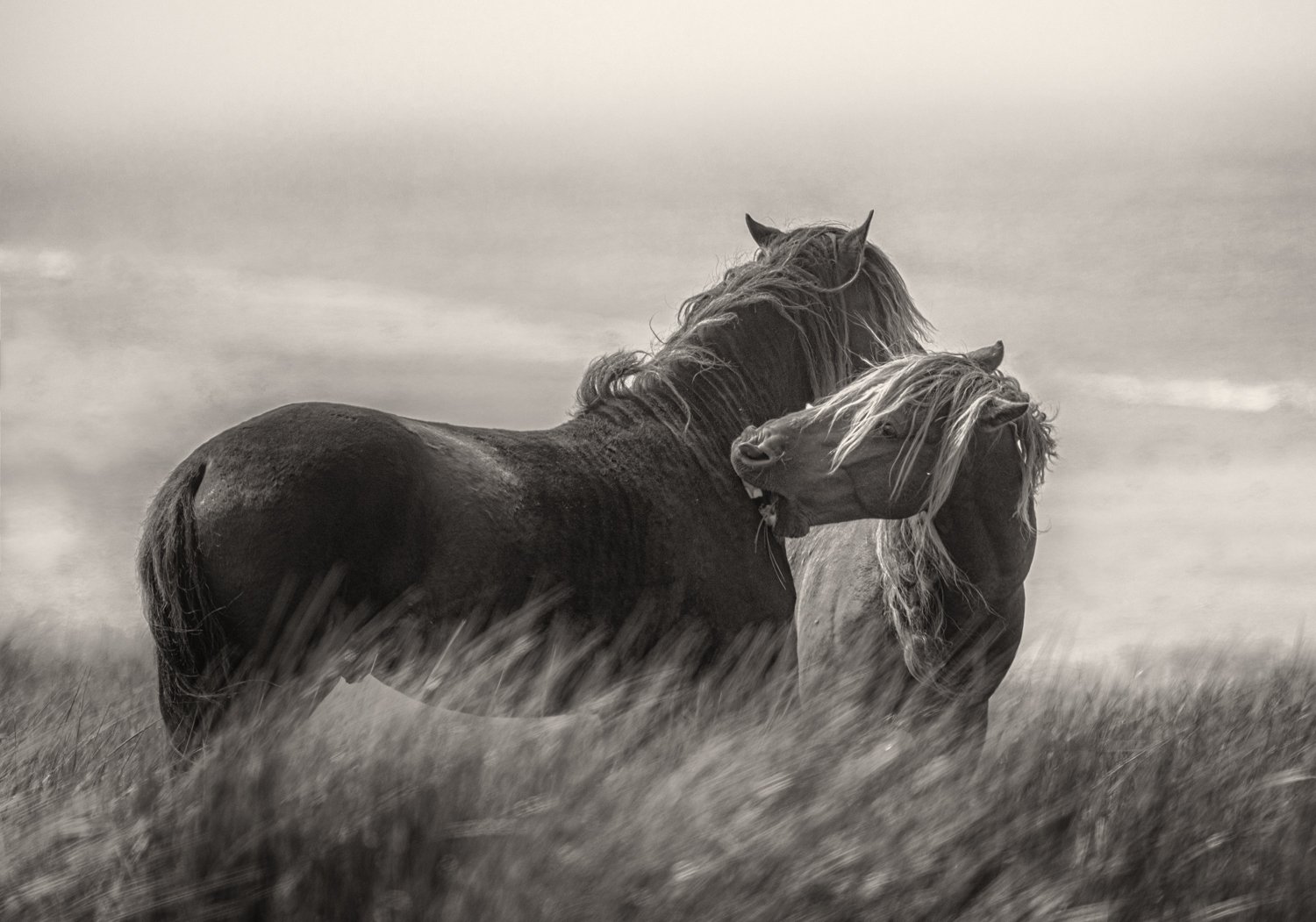
Scratch
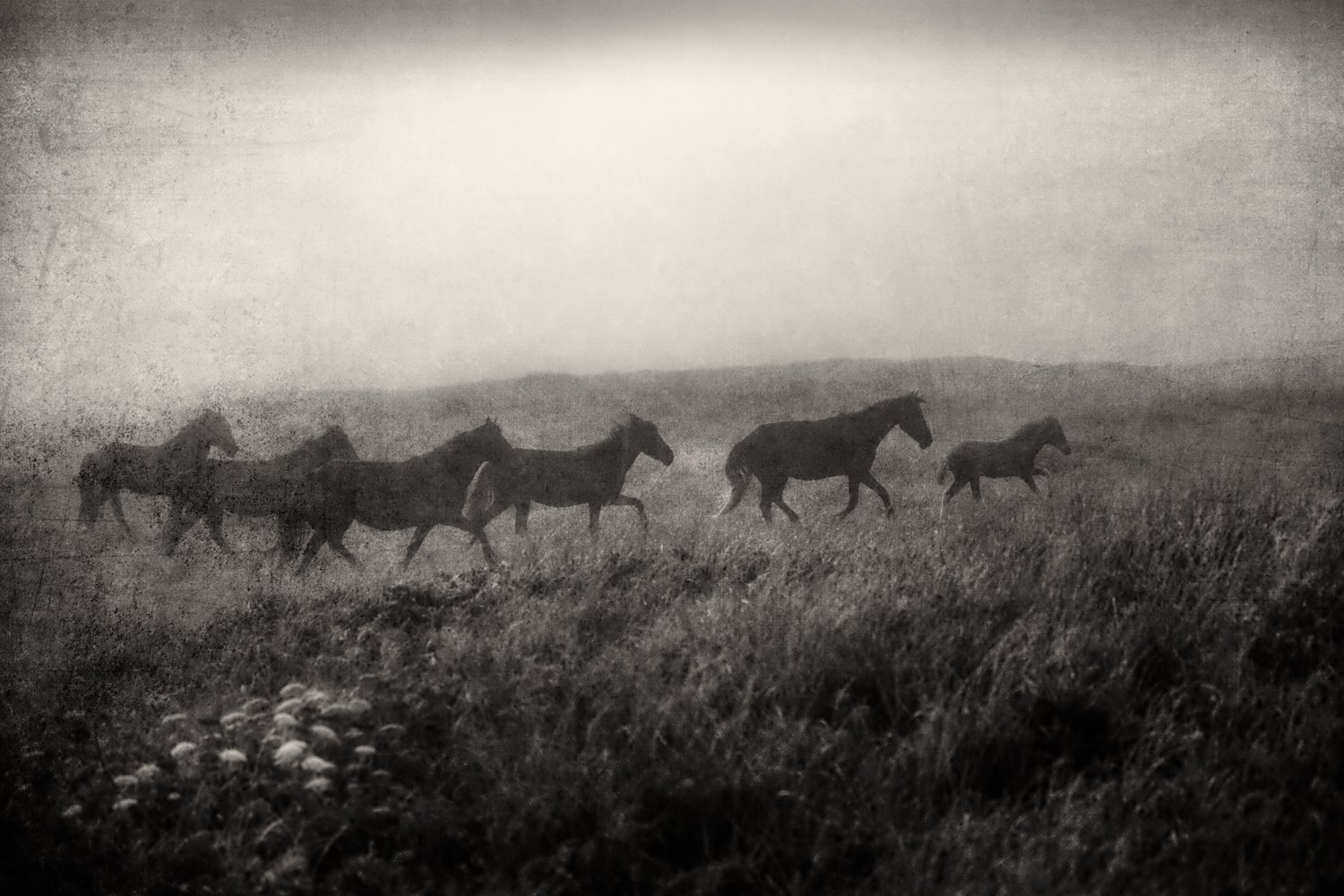
Foggy Morning
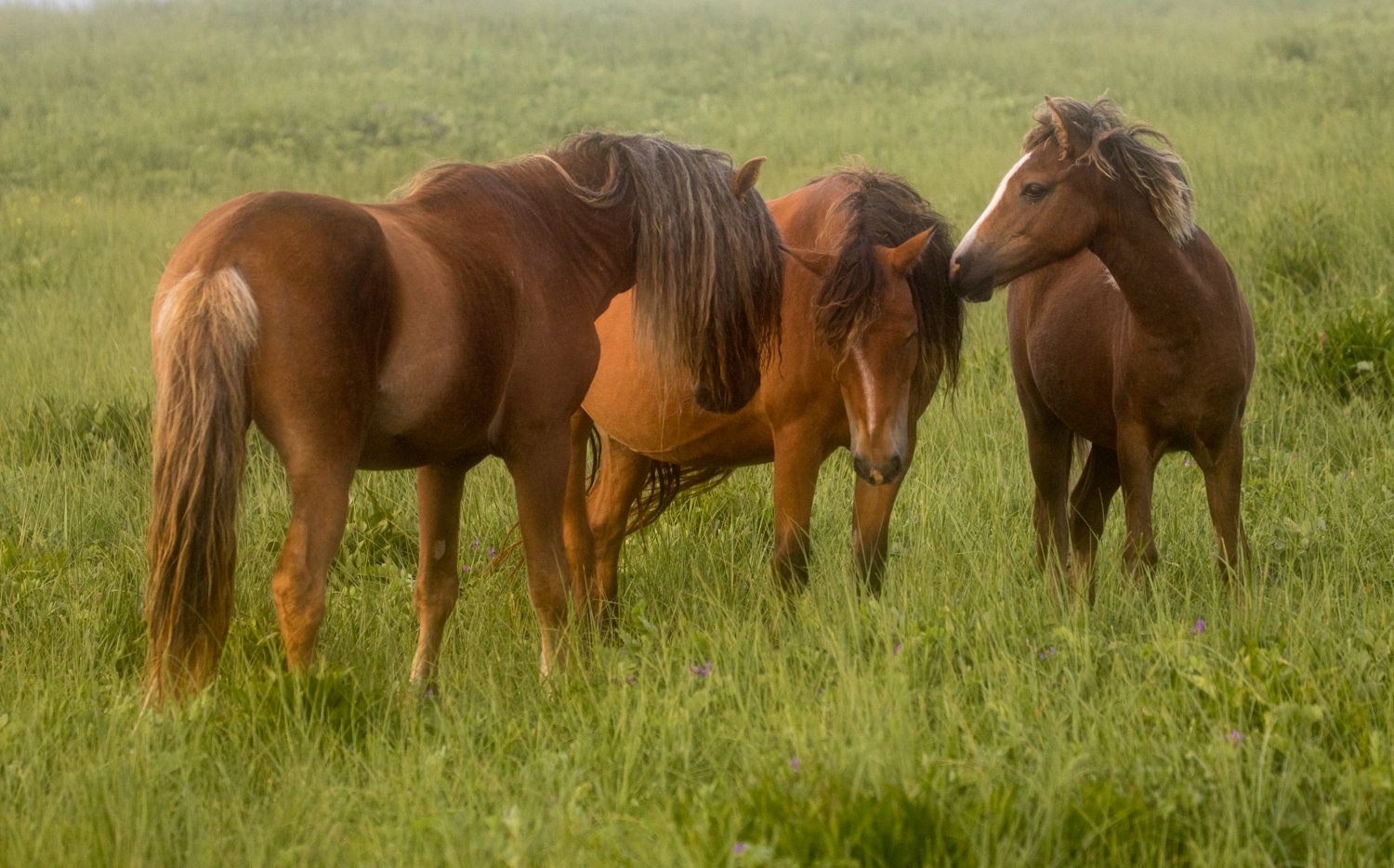
Three young bachelors

Whale bones
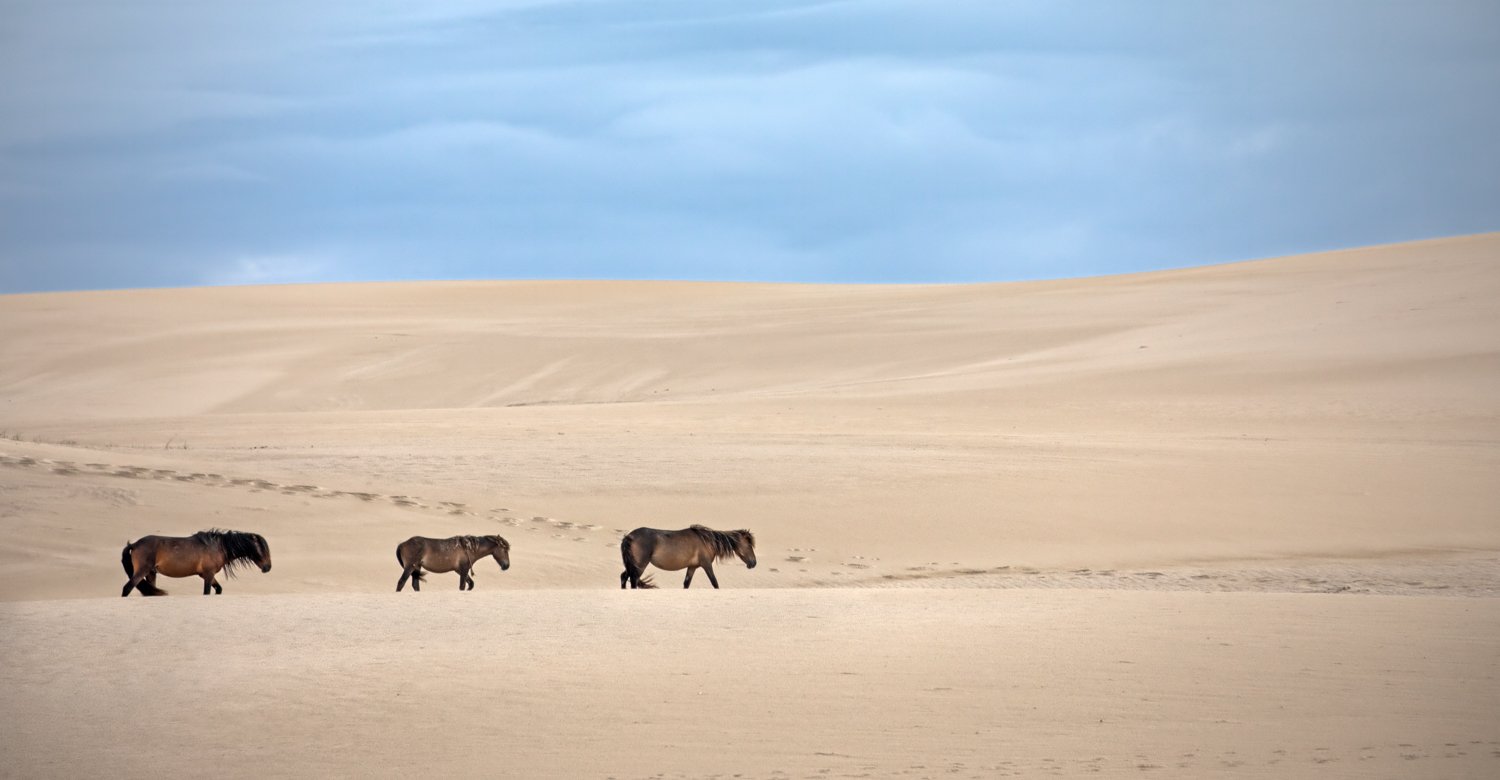
Family of three color

Grey Seals
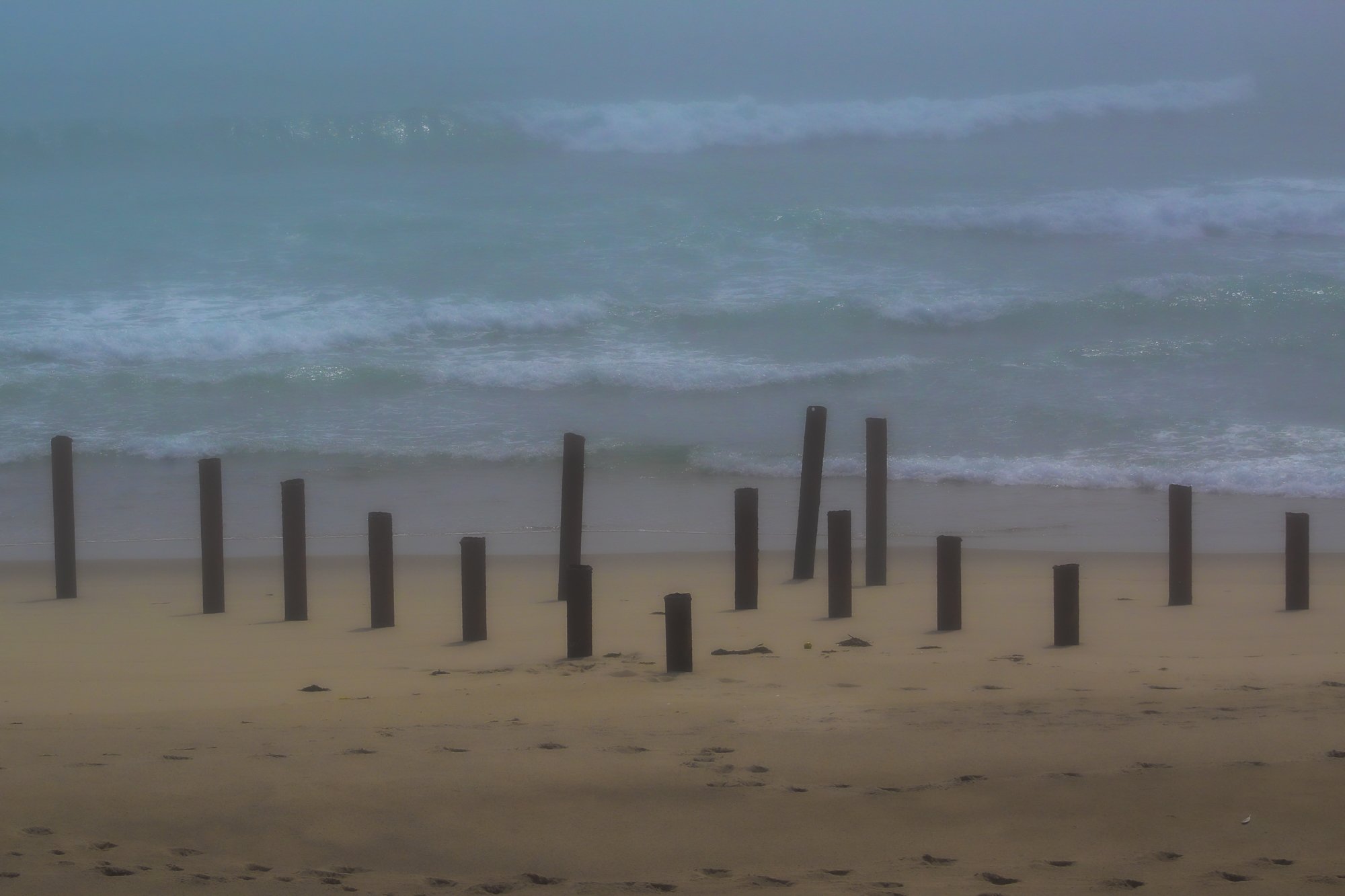
Abandoned pilons
